The Blues are at the heart of all American music. It has influenced Country, Rock, Folk, Jazz, Bluegrass and just about every form of American music we listen to today. 26 blues progression in the Key of F, progressing from basic to advanced jazz progression with every substitution explained.
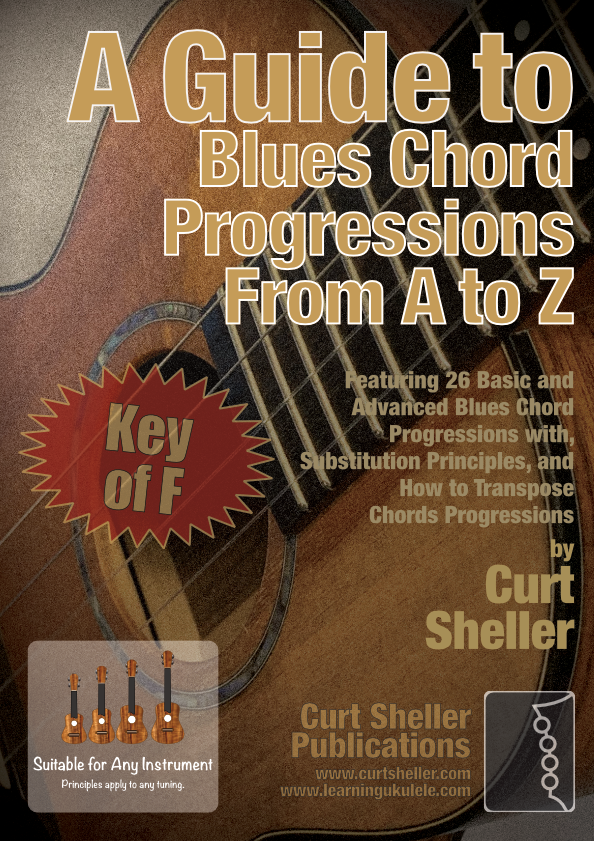

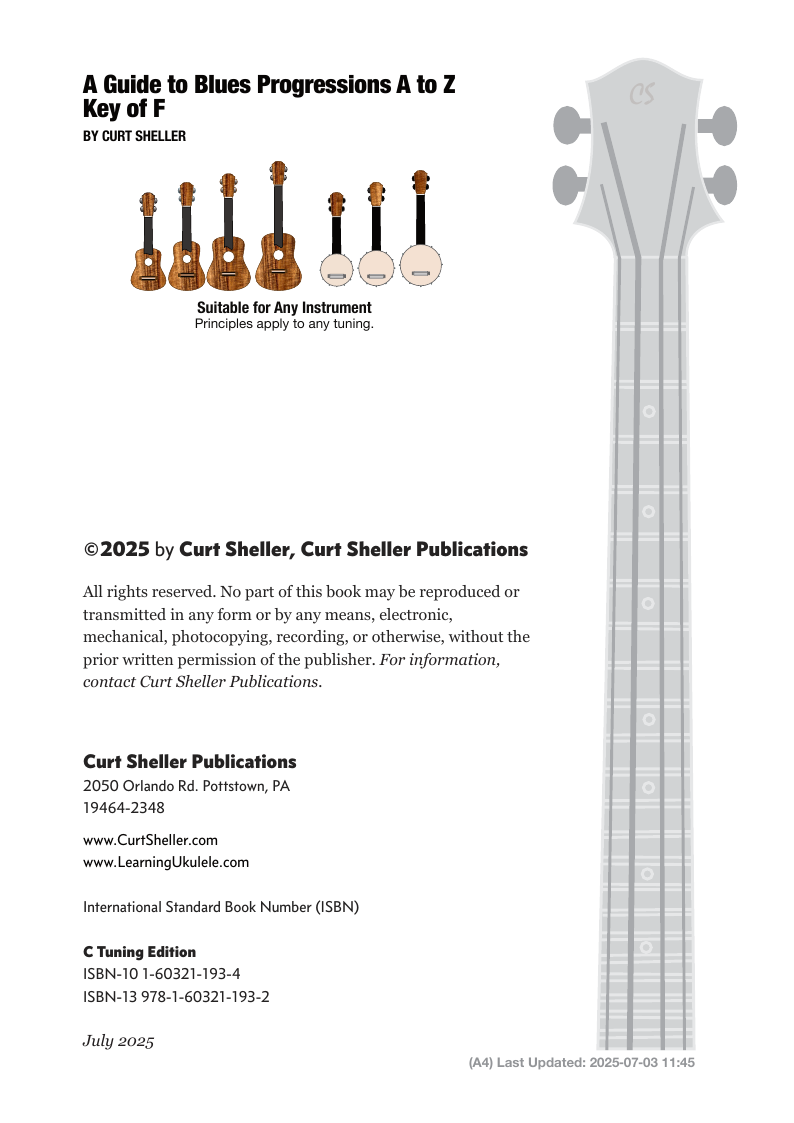
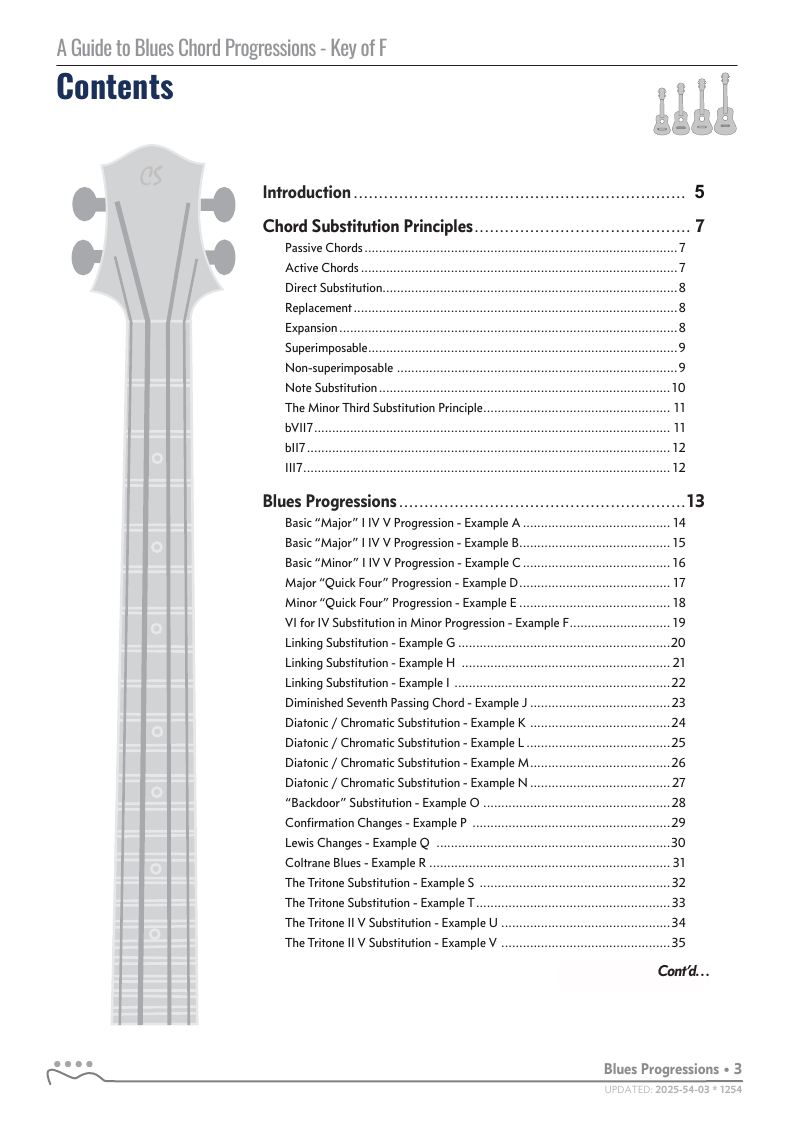
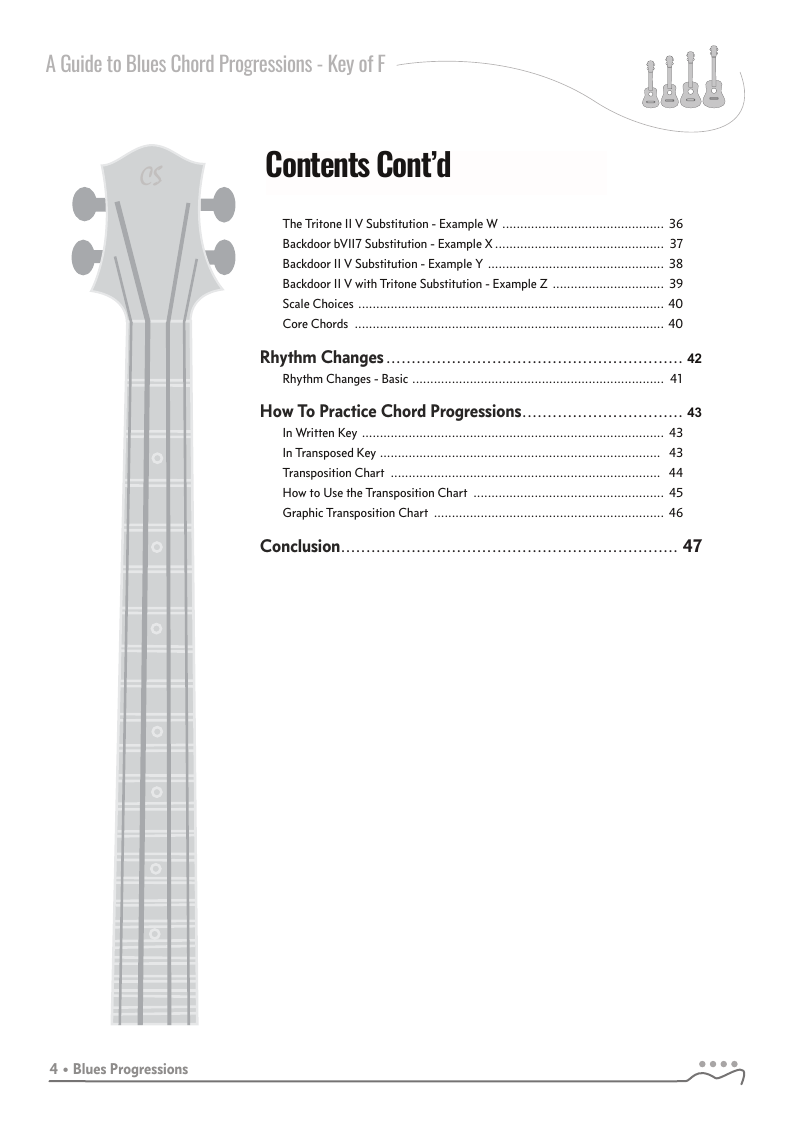
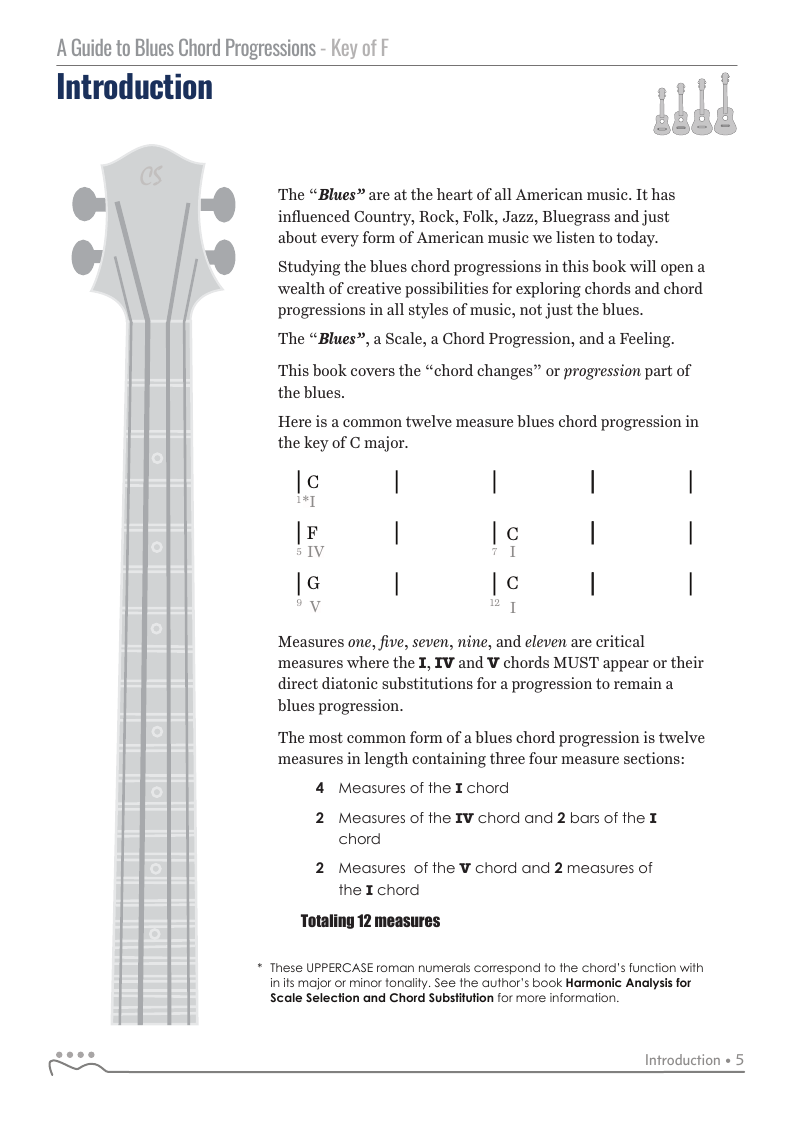
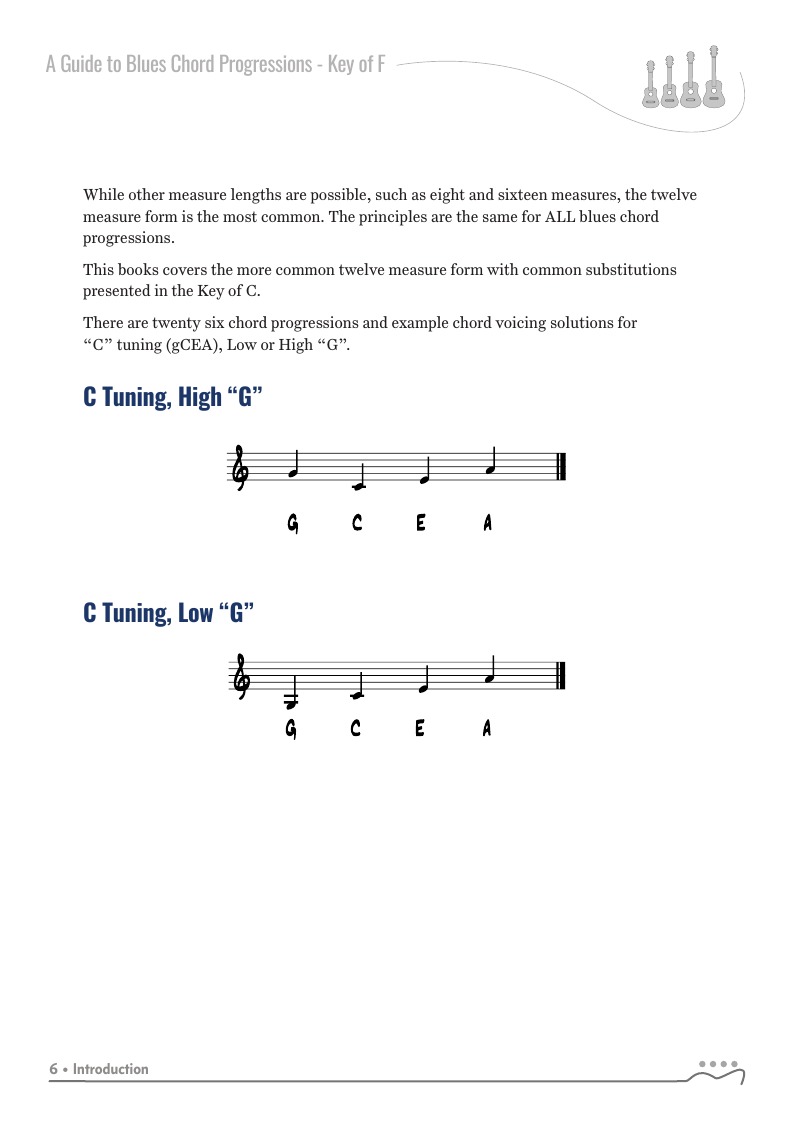
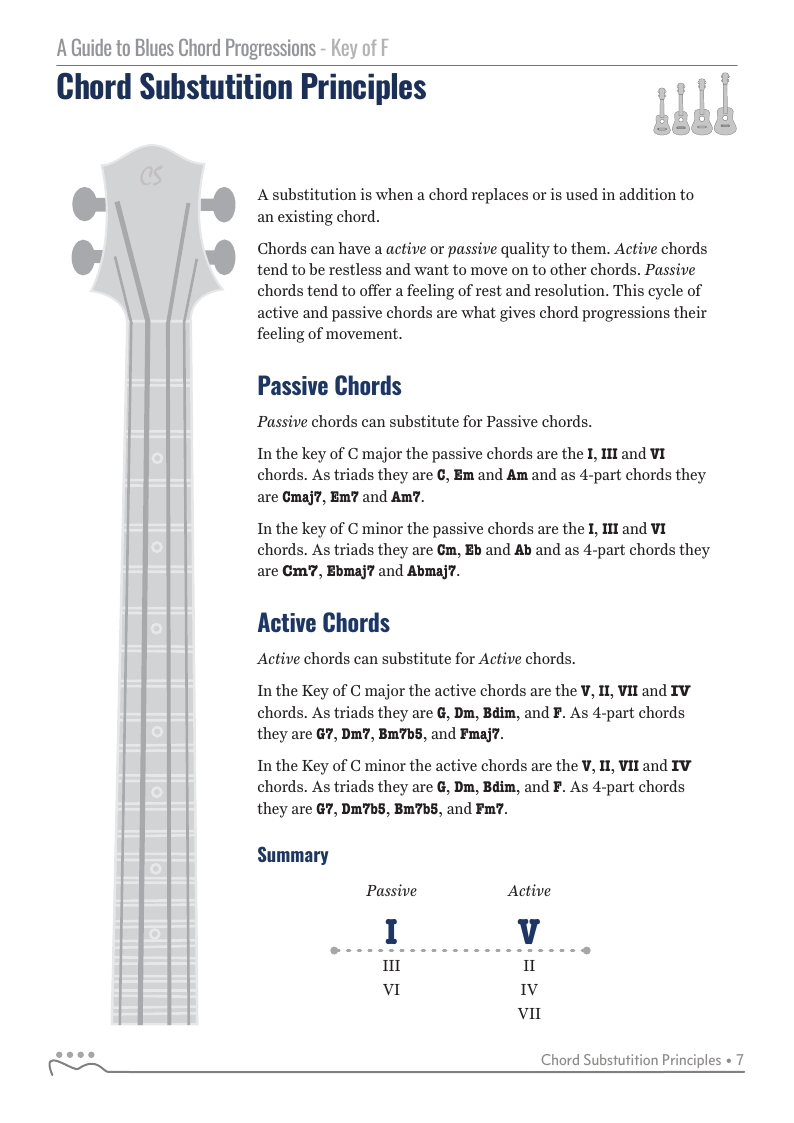
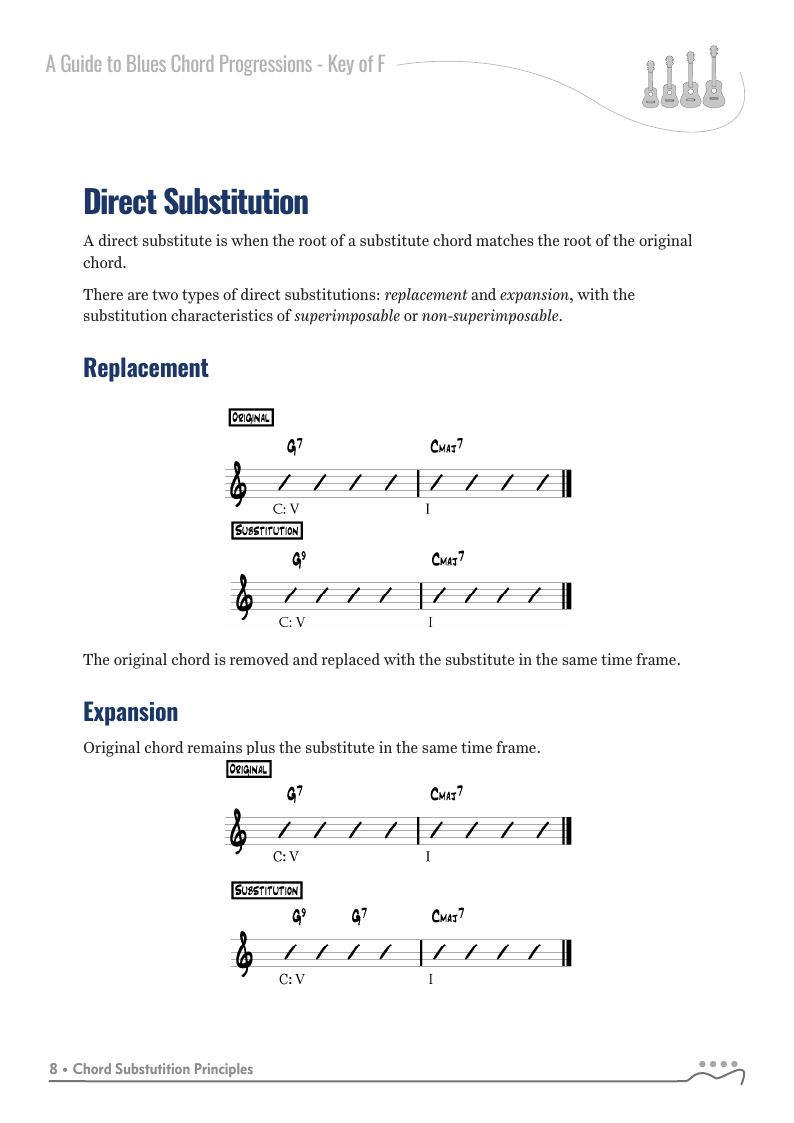
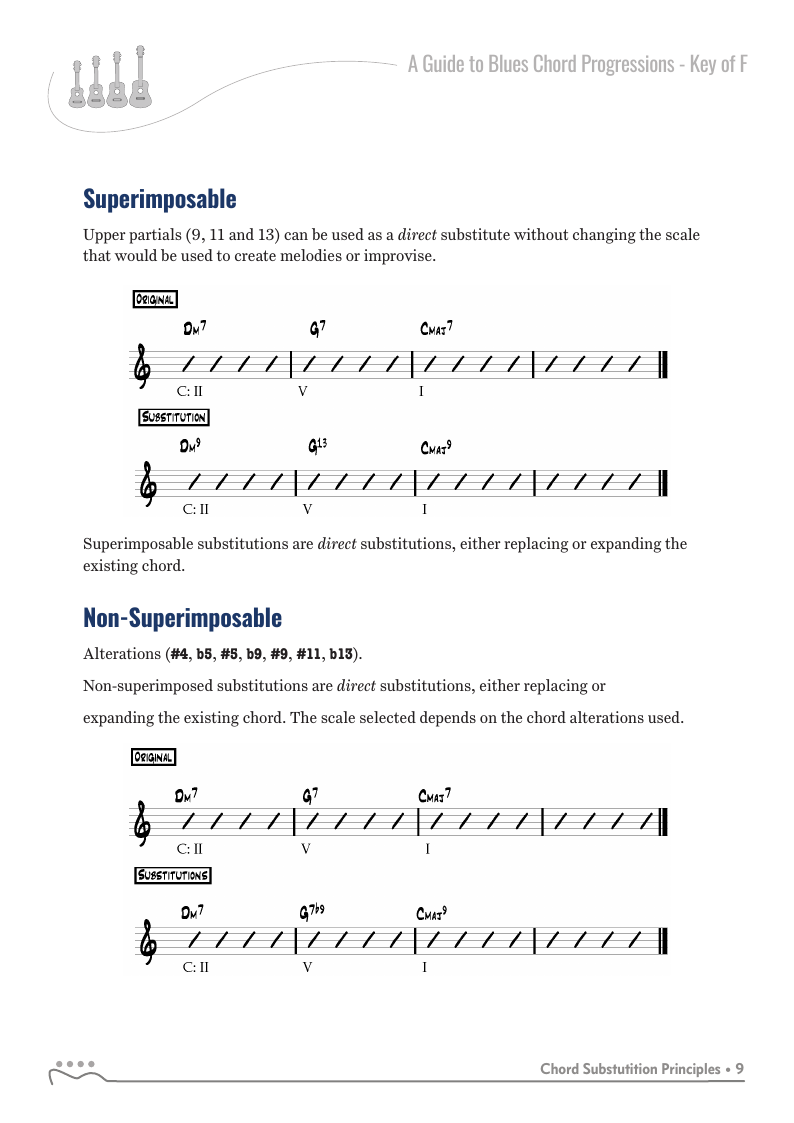
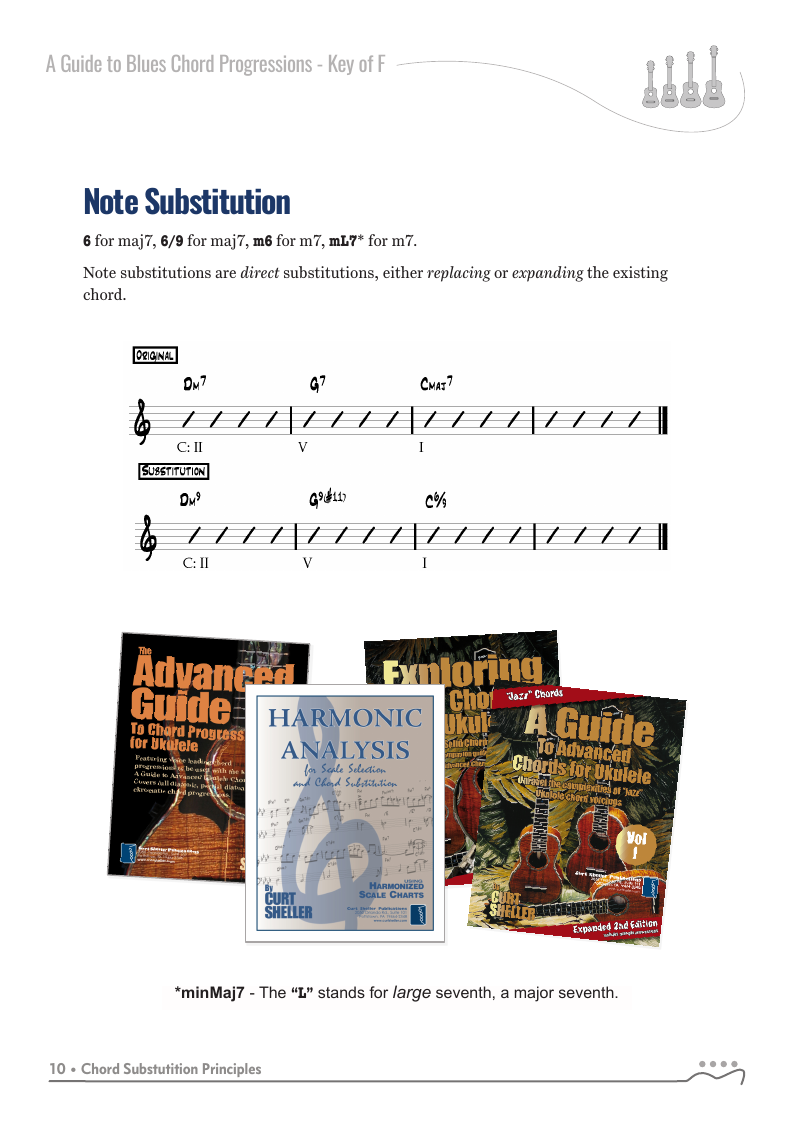
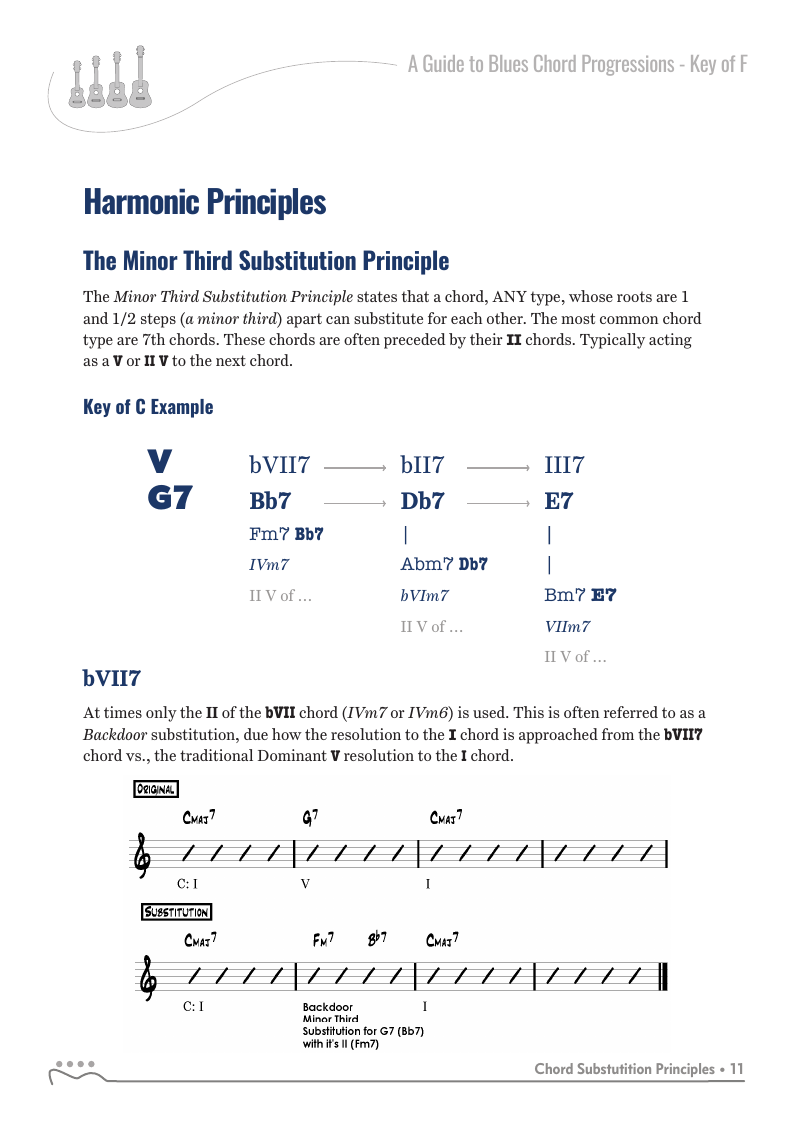
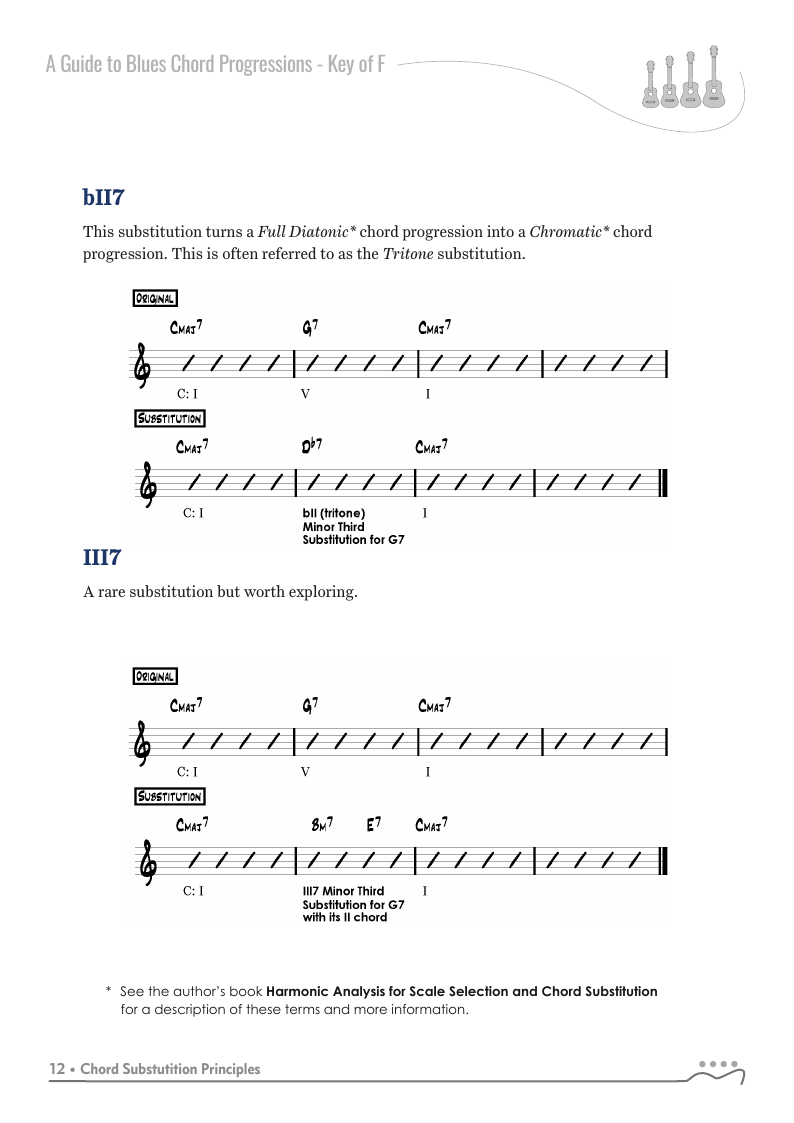
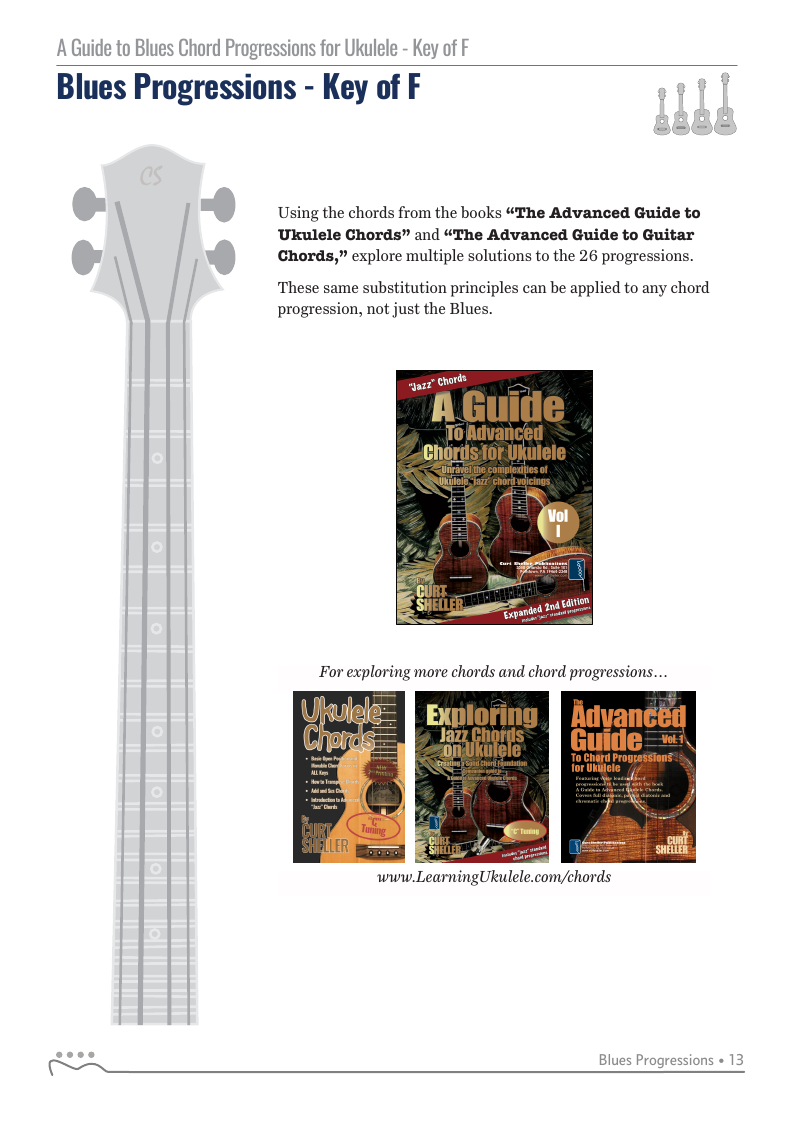
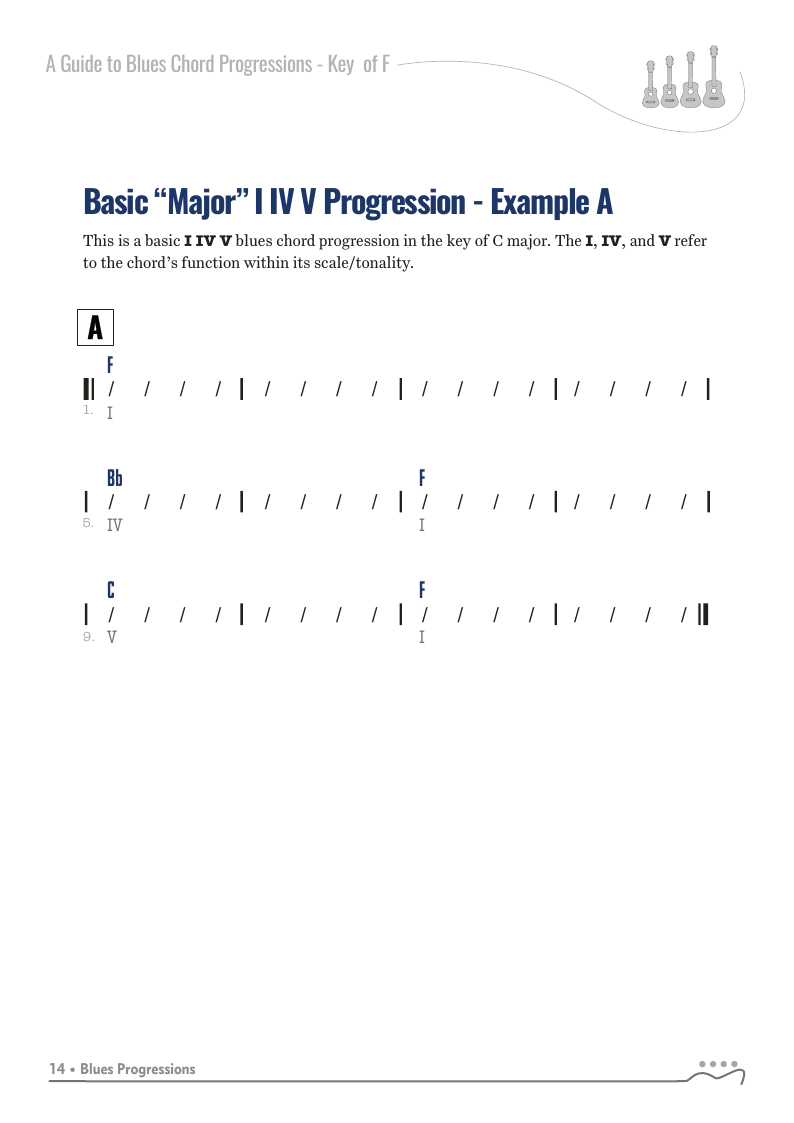
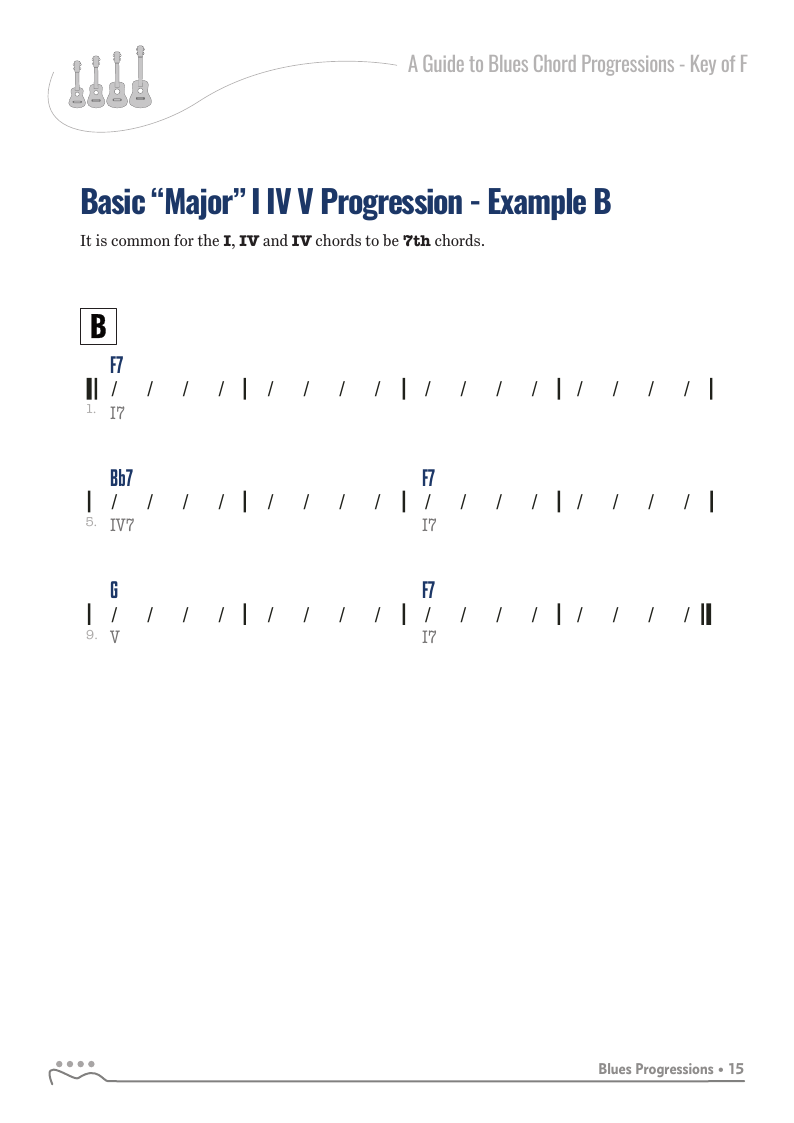
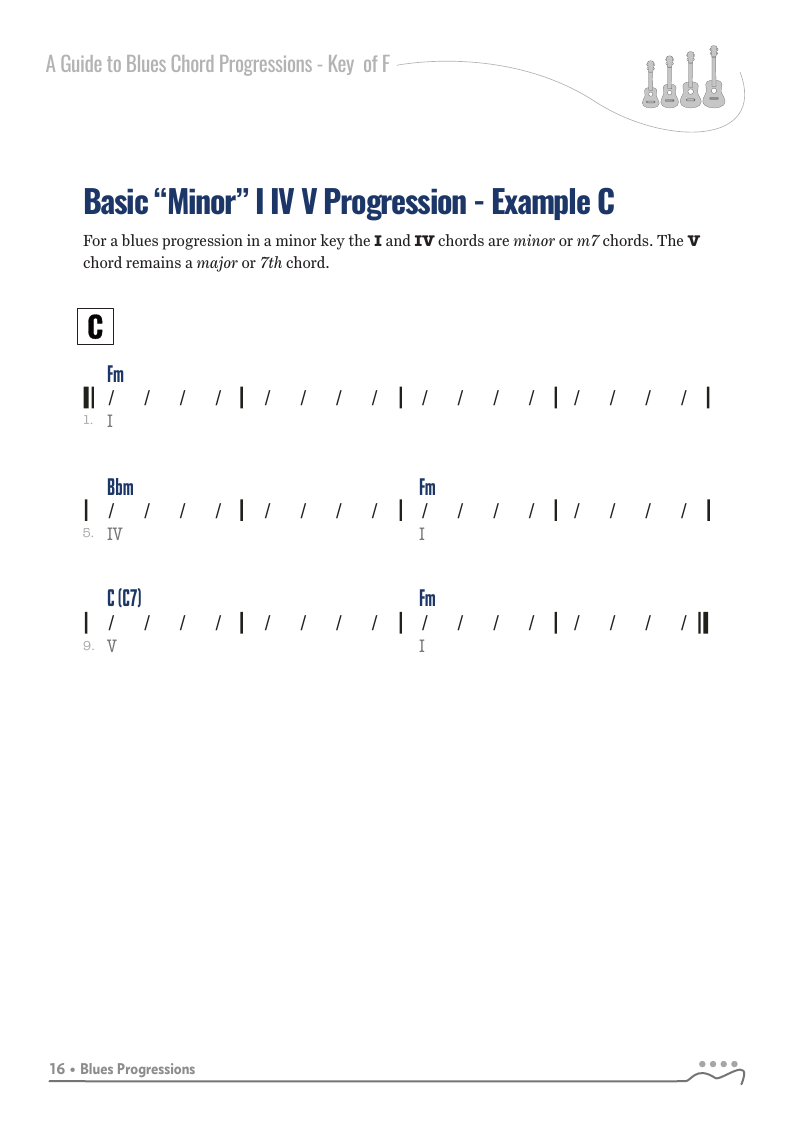
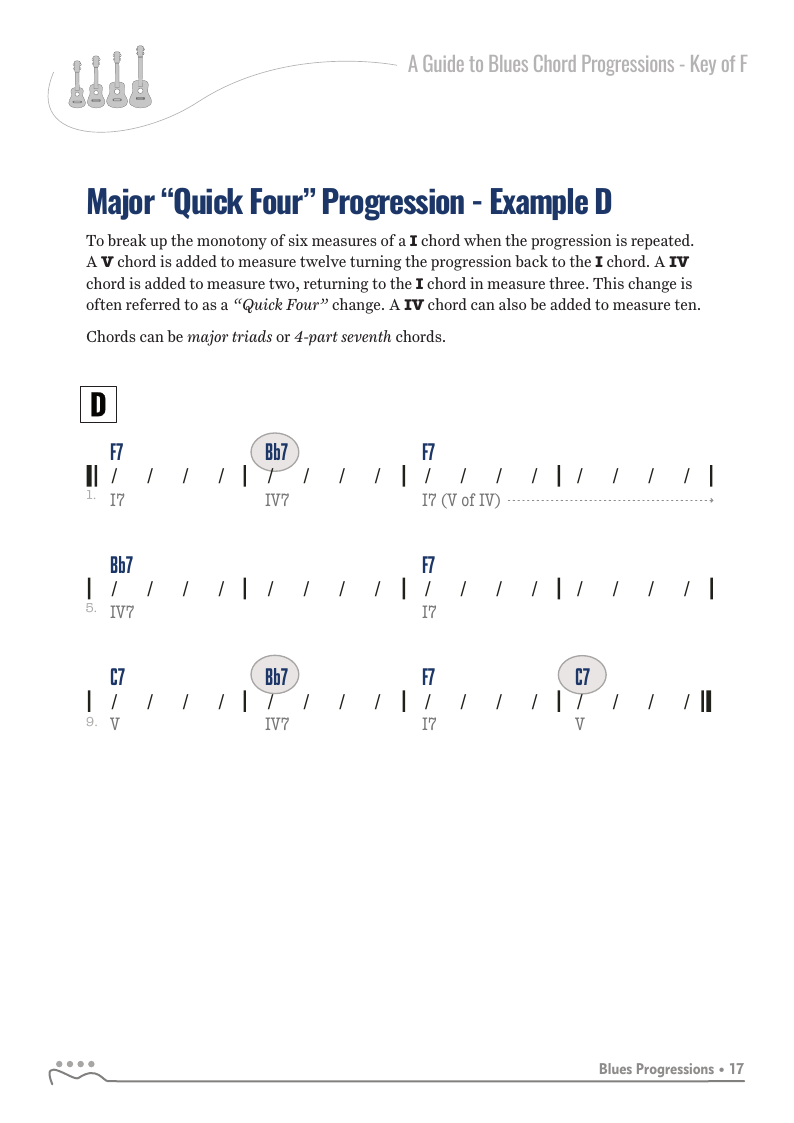
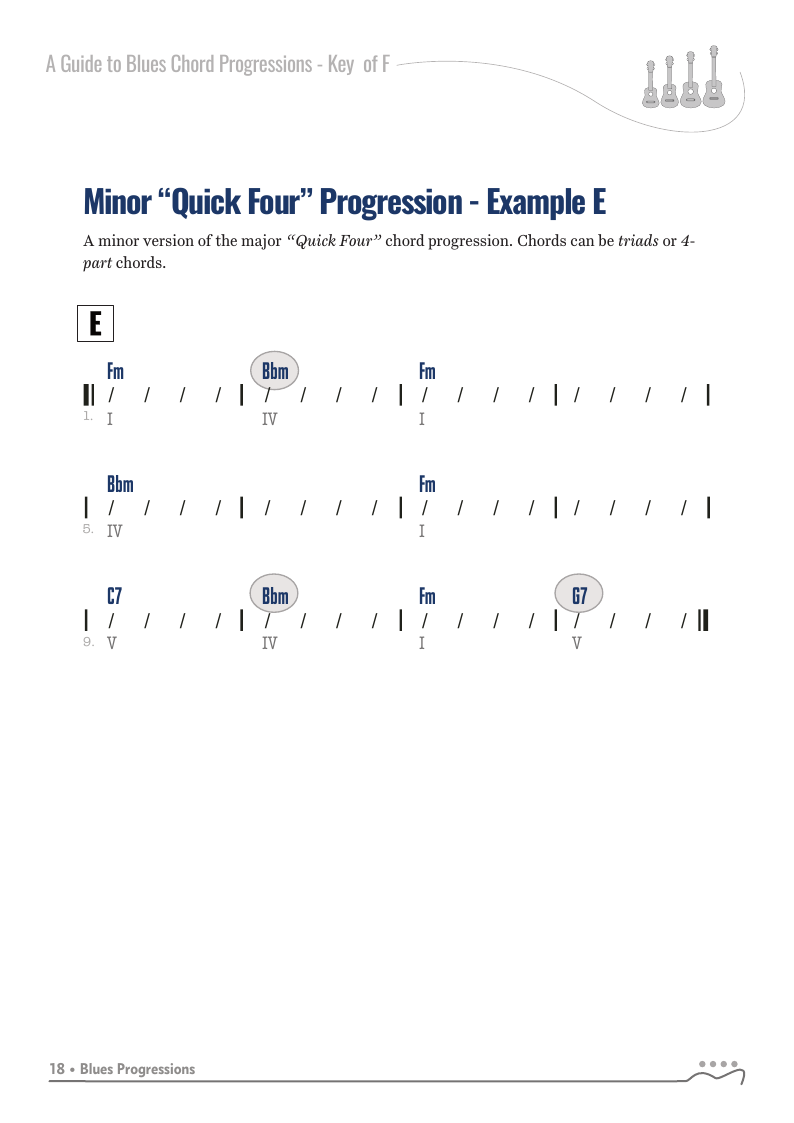
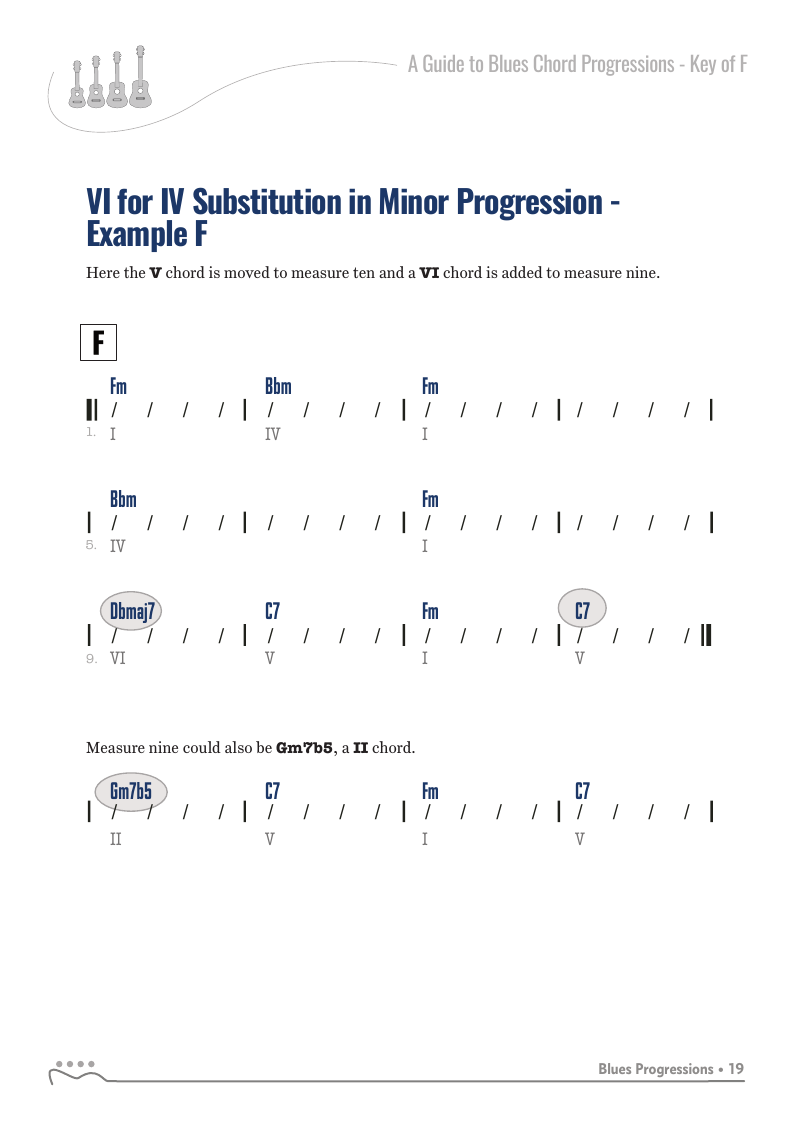
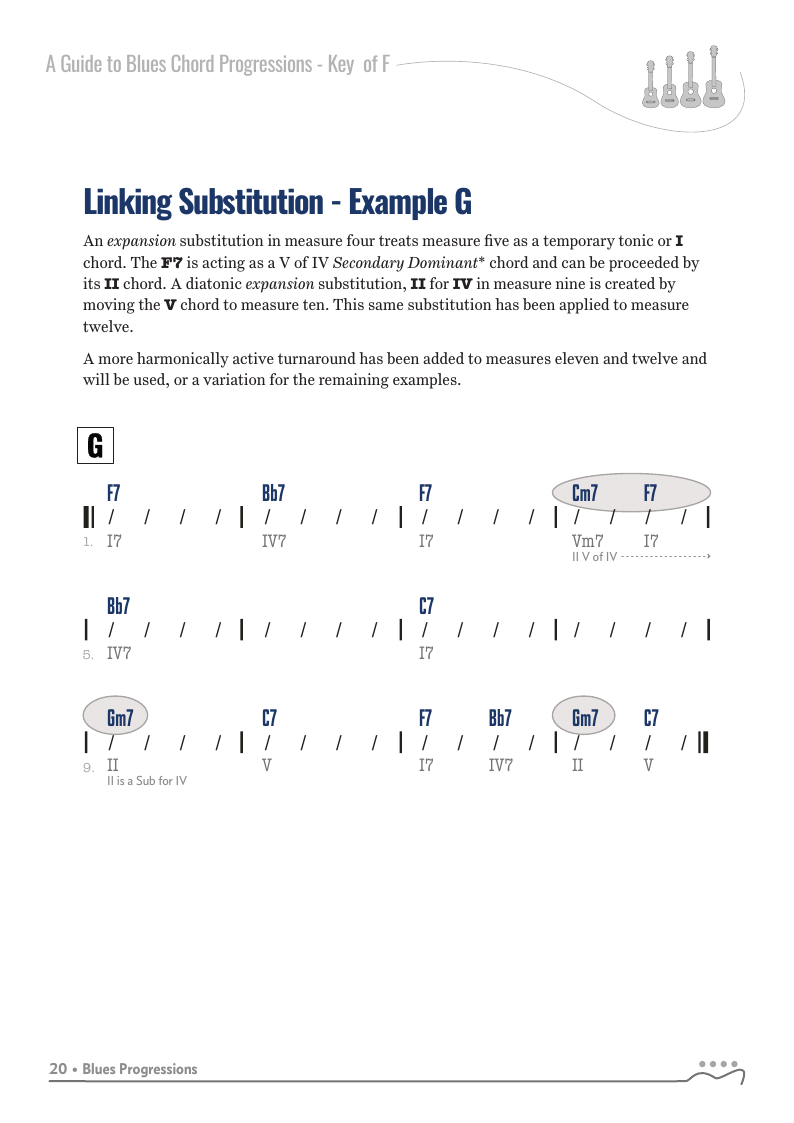
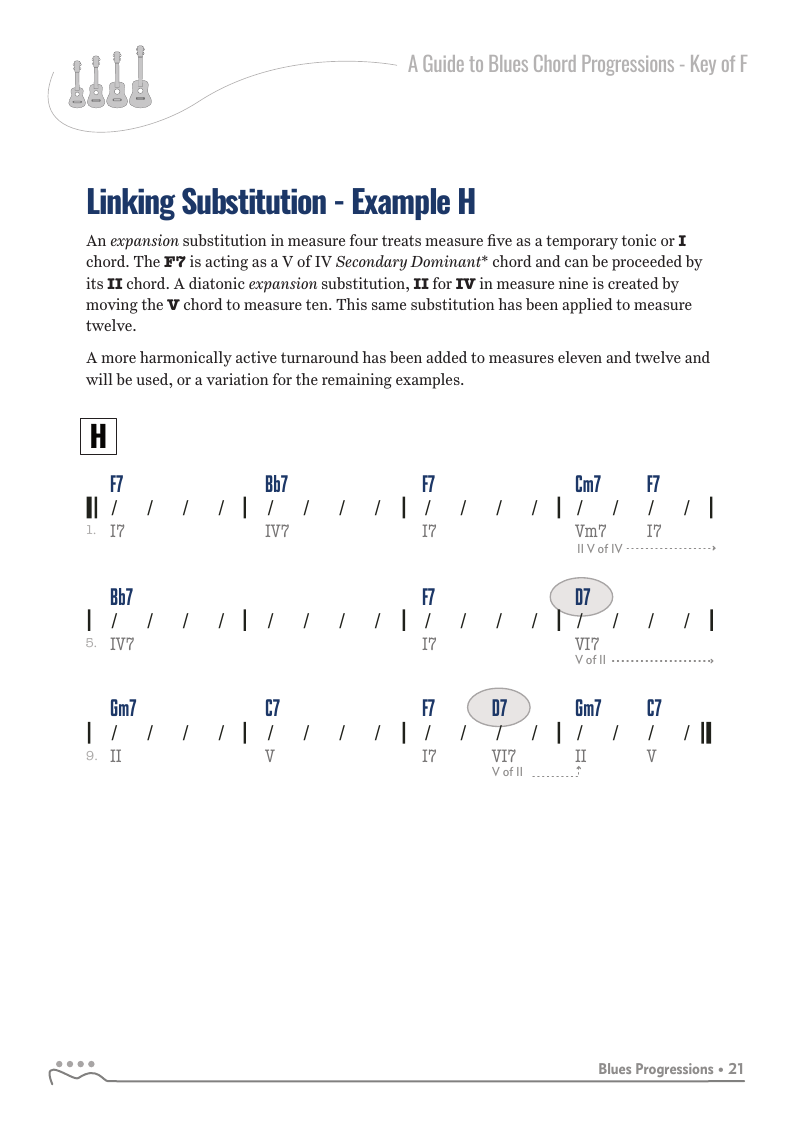
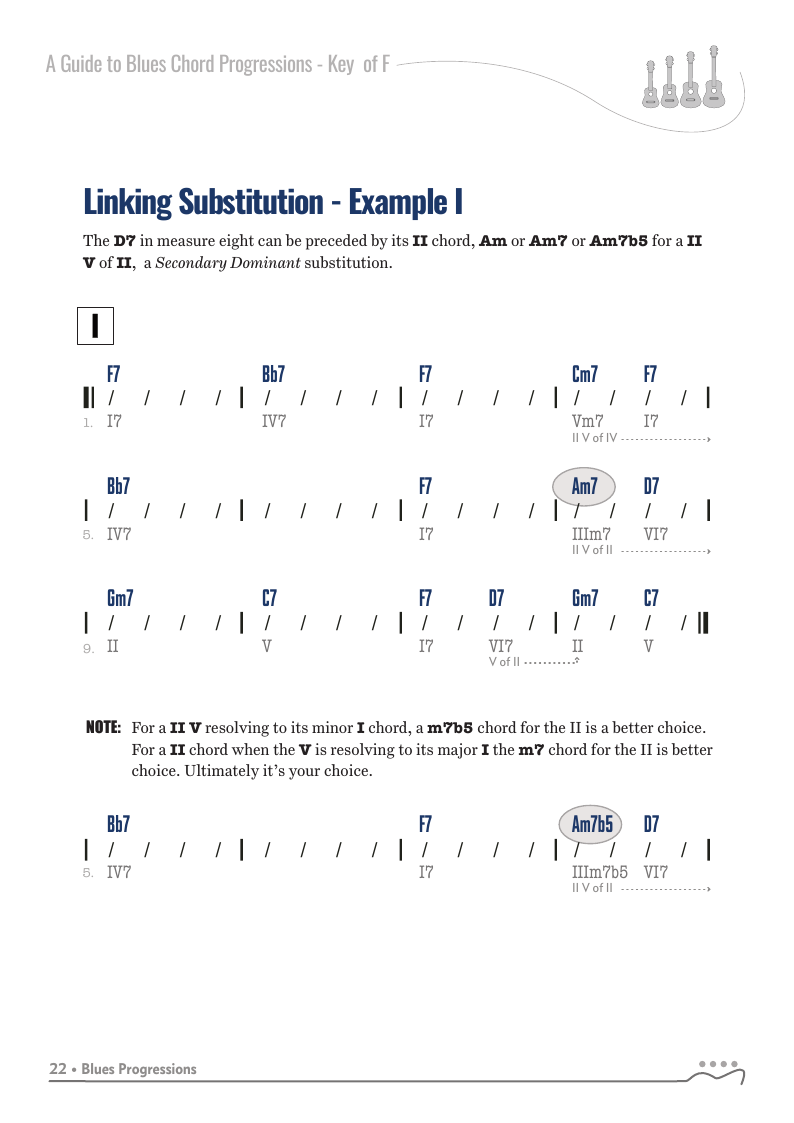
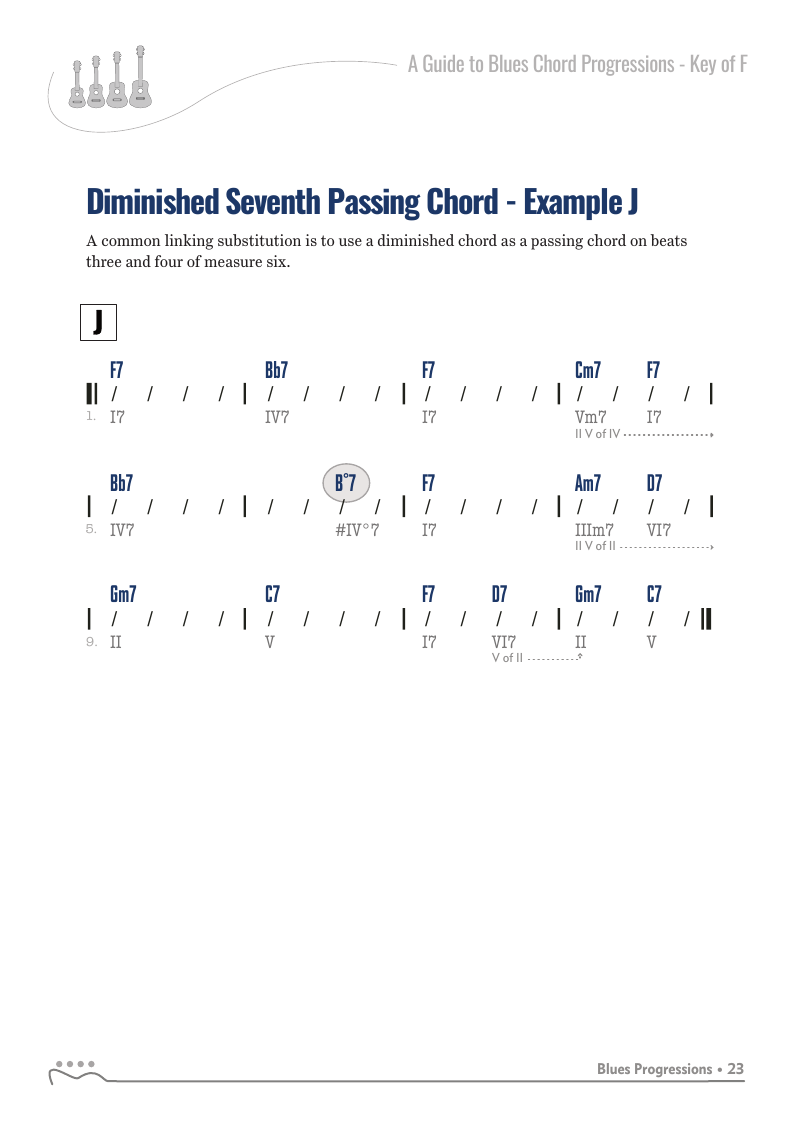
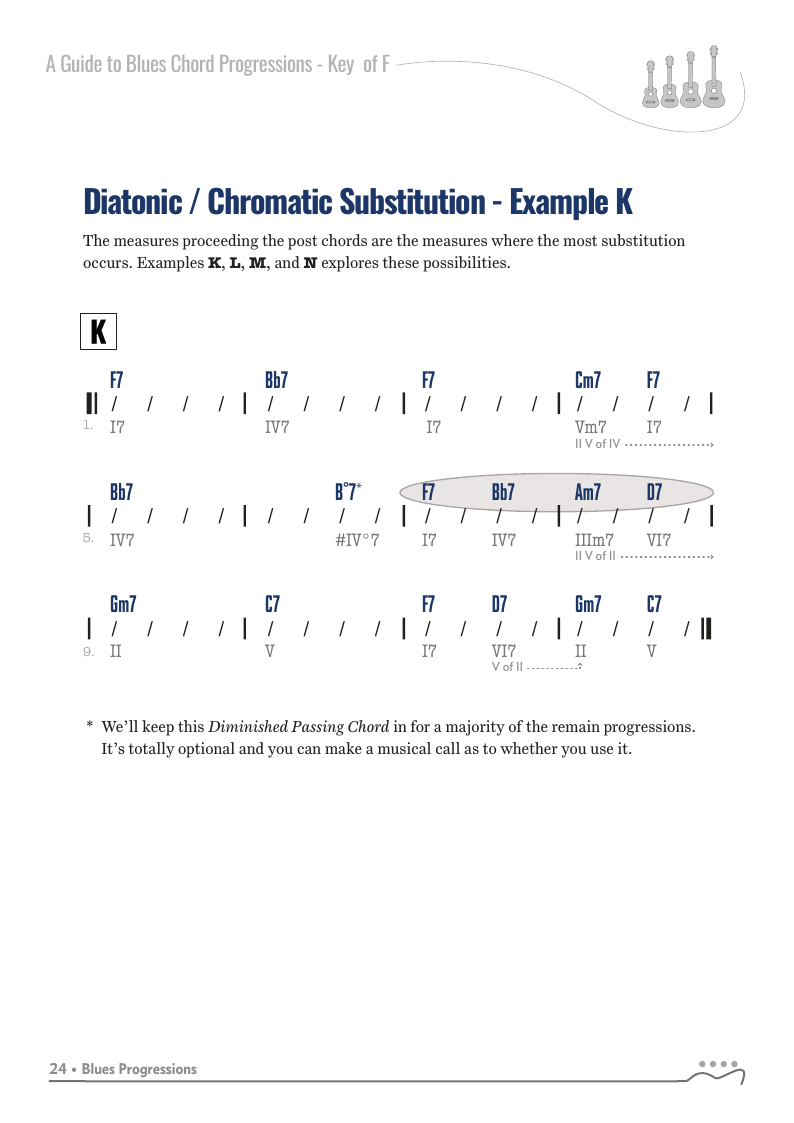
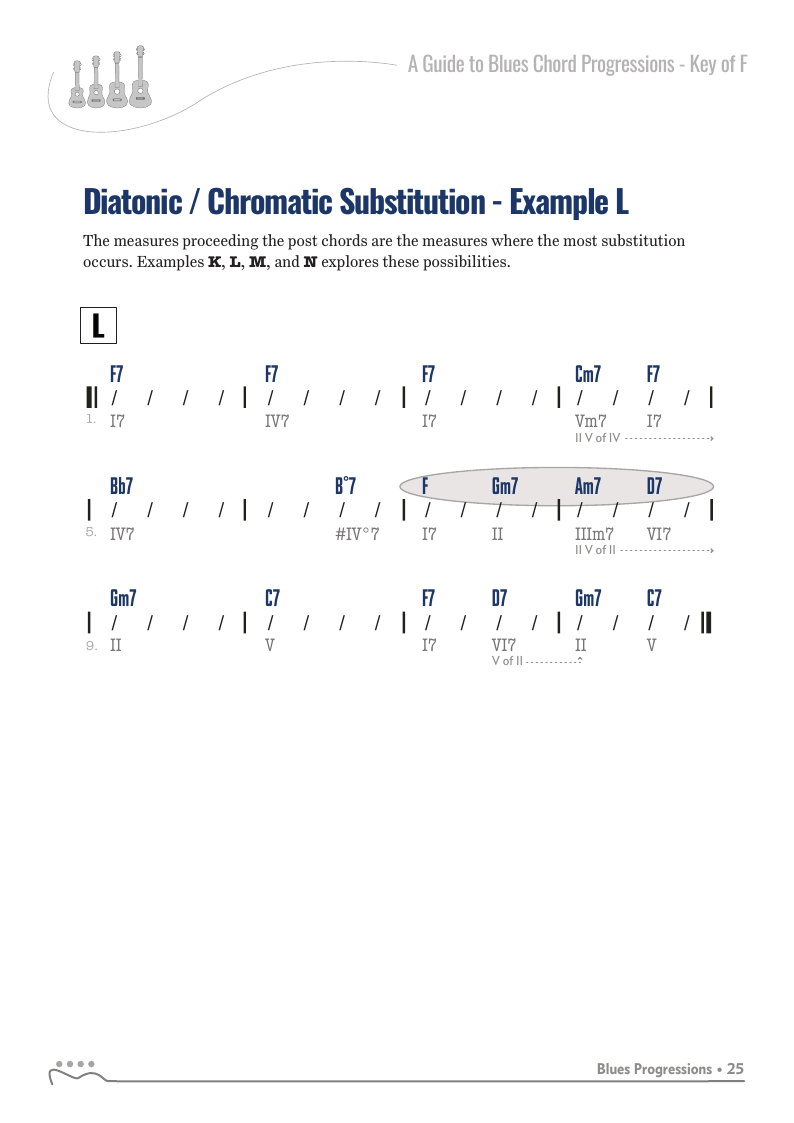
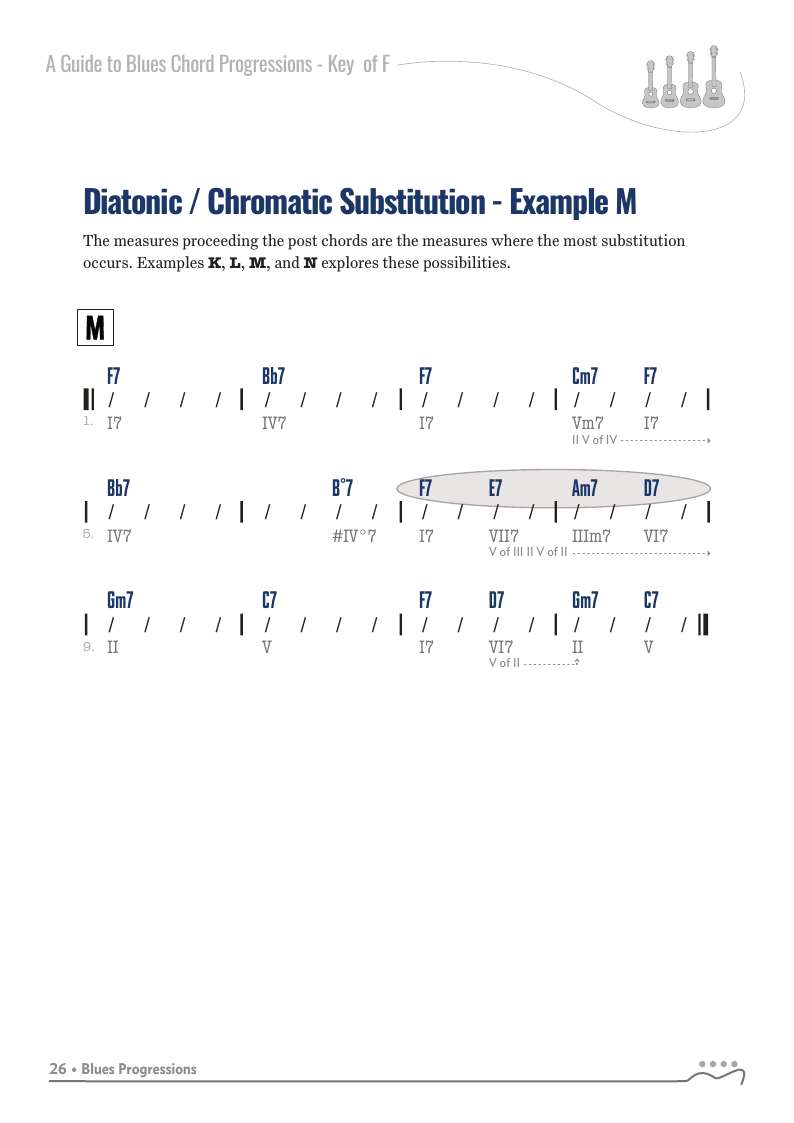
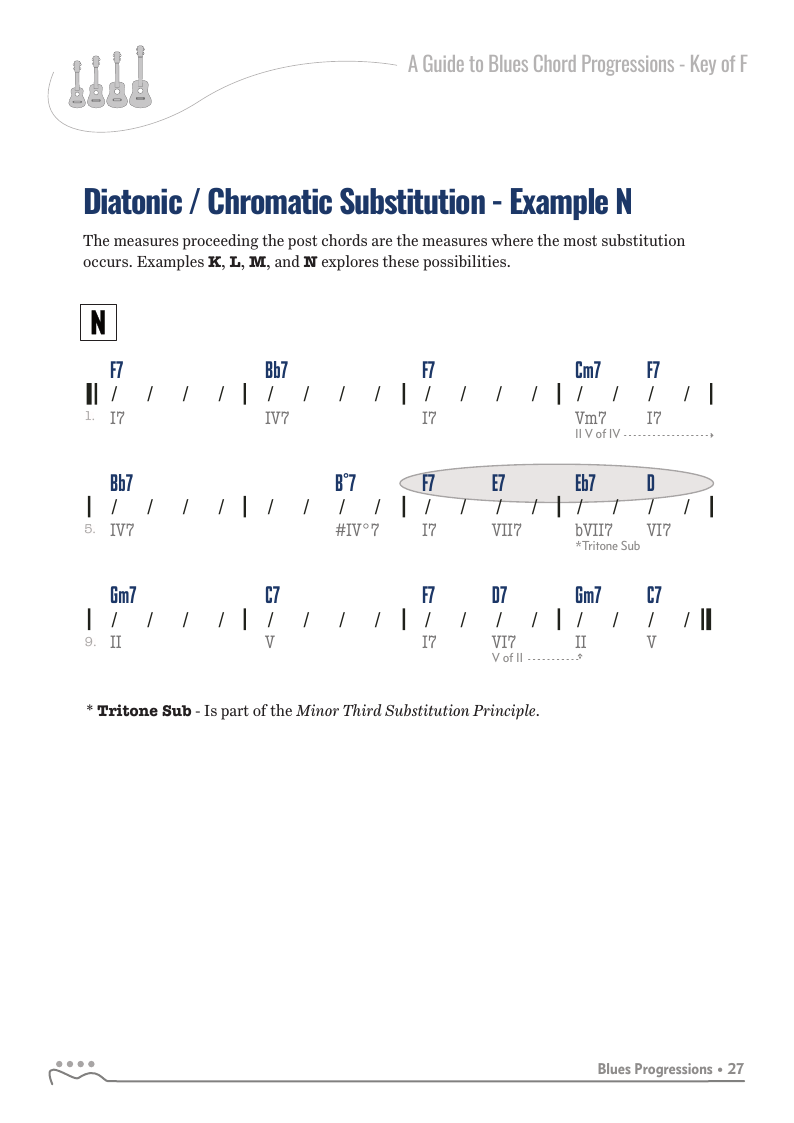
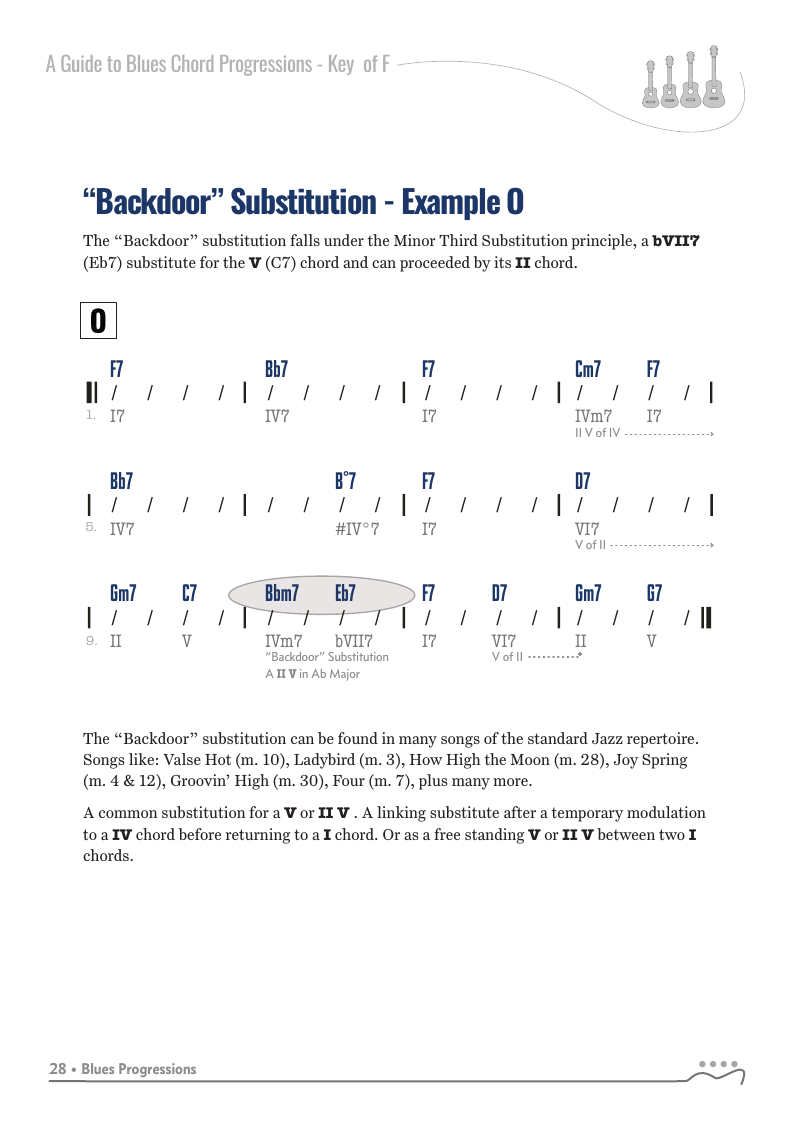
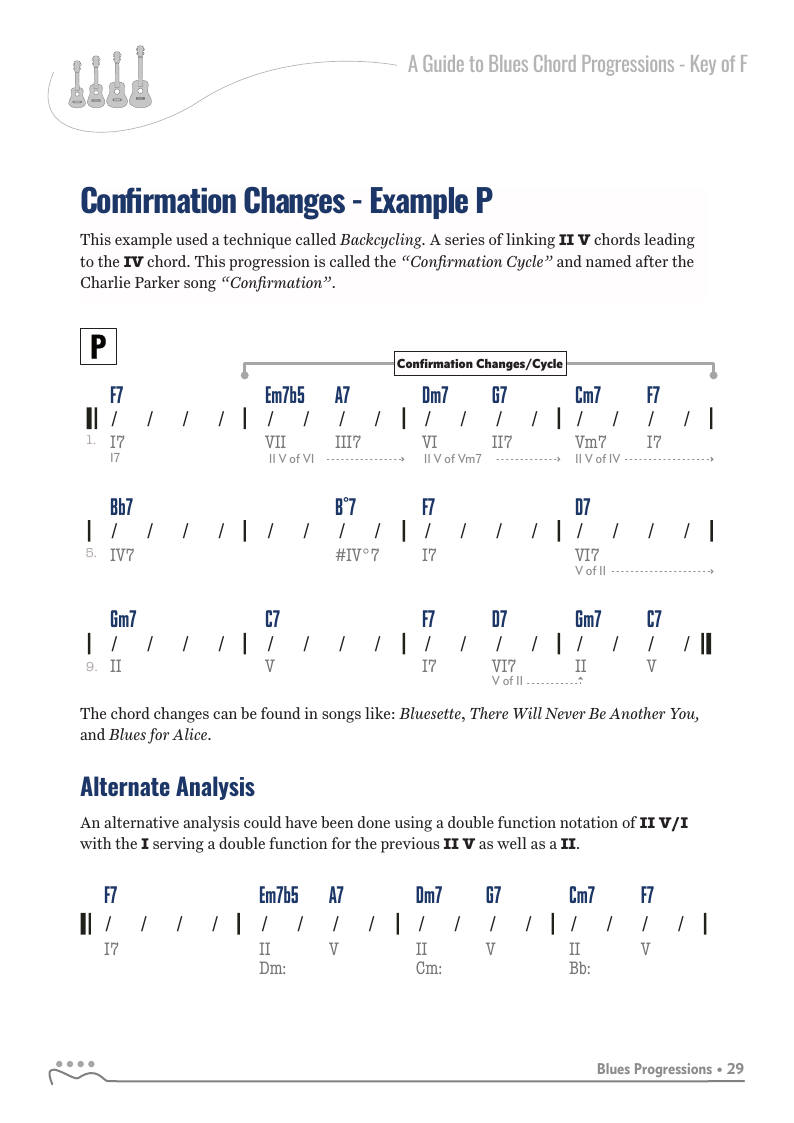
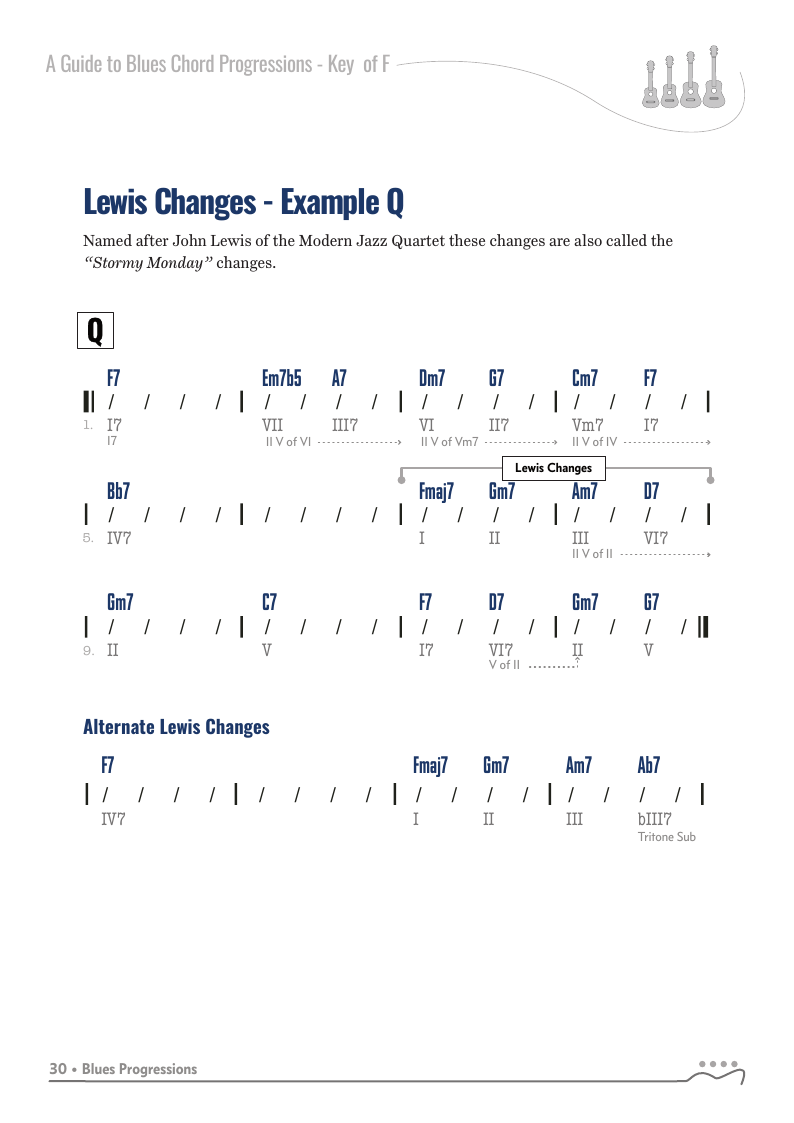
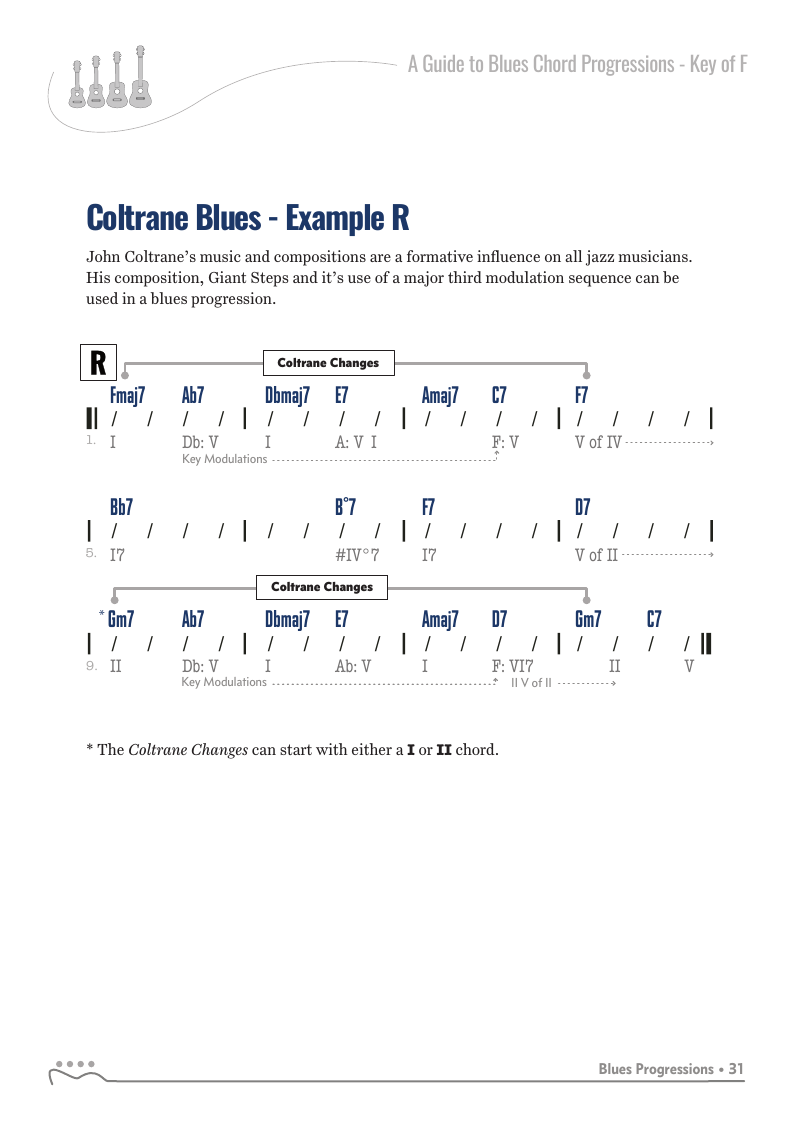
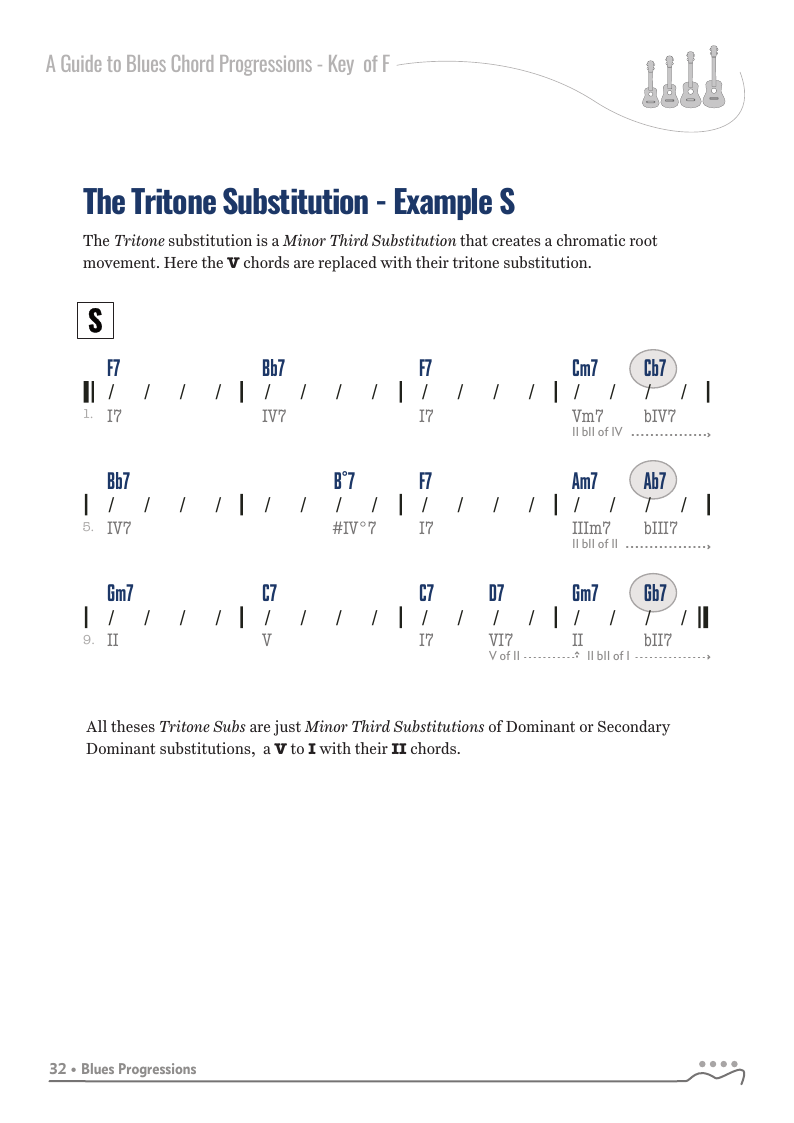
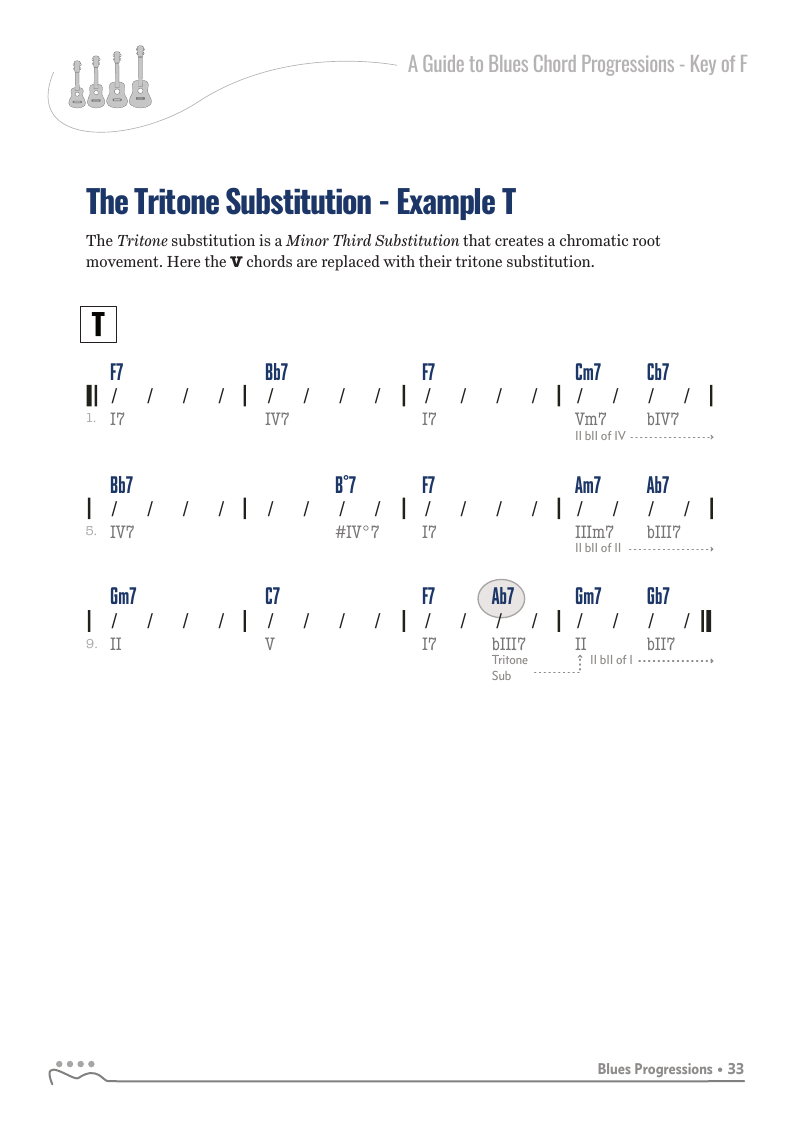
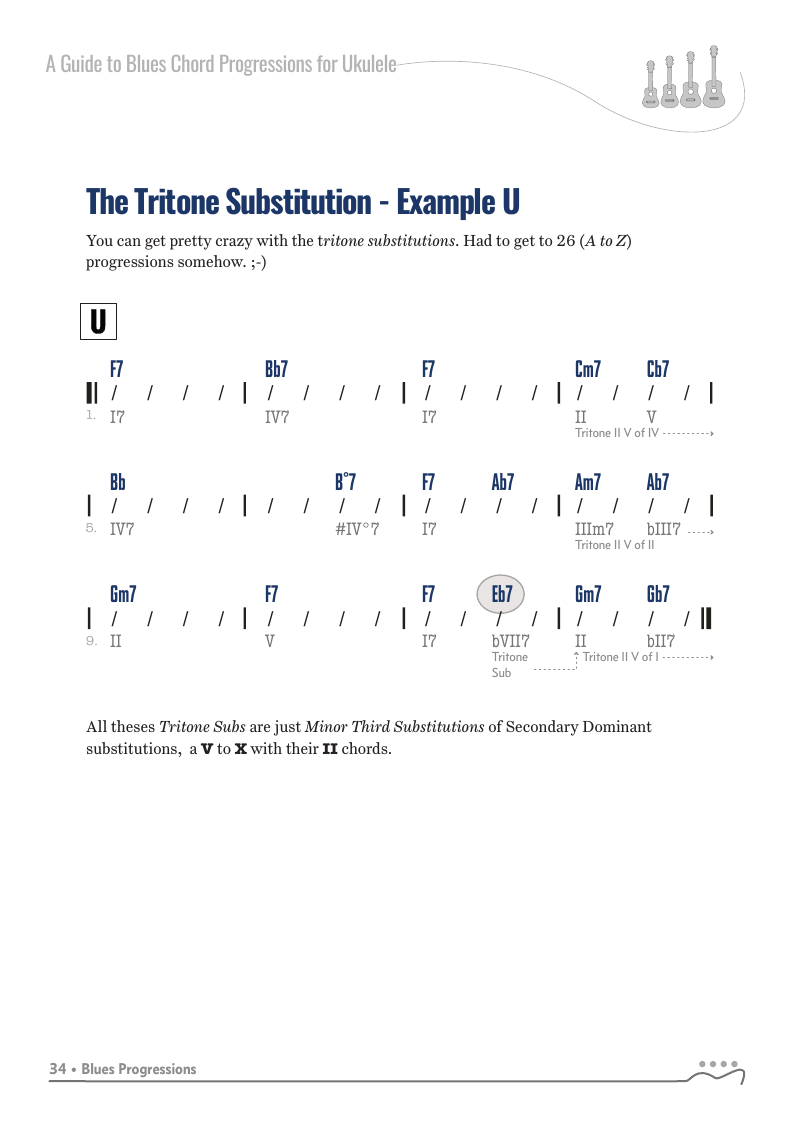
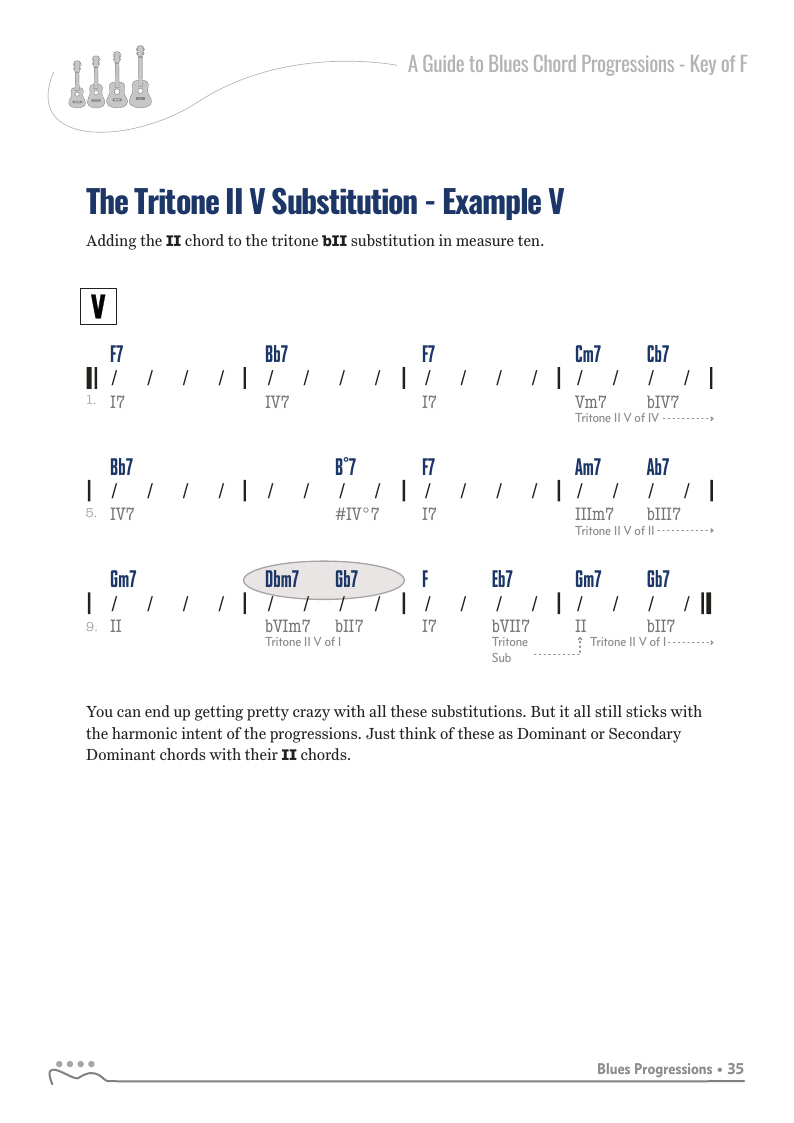
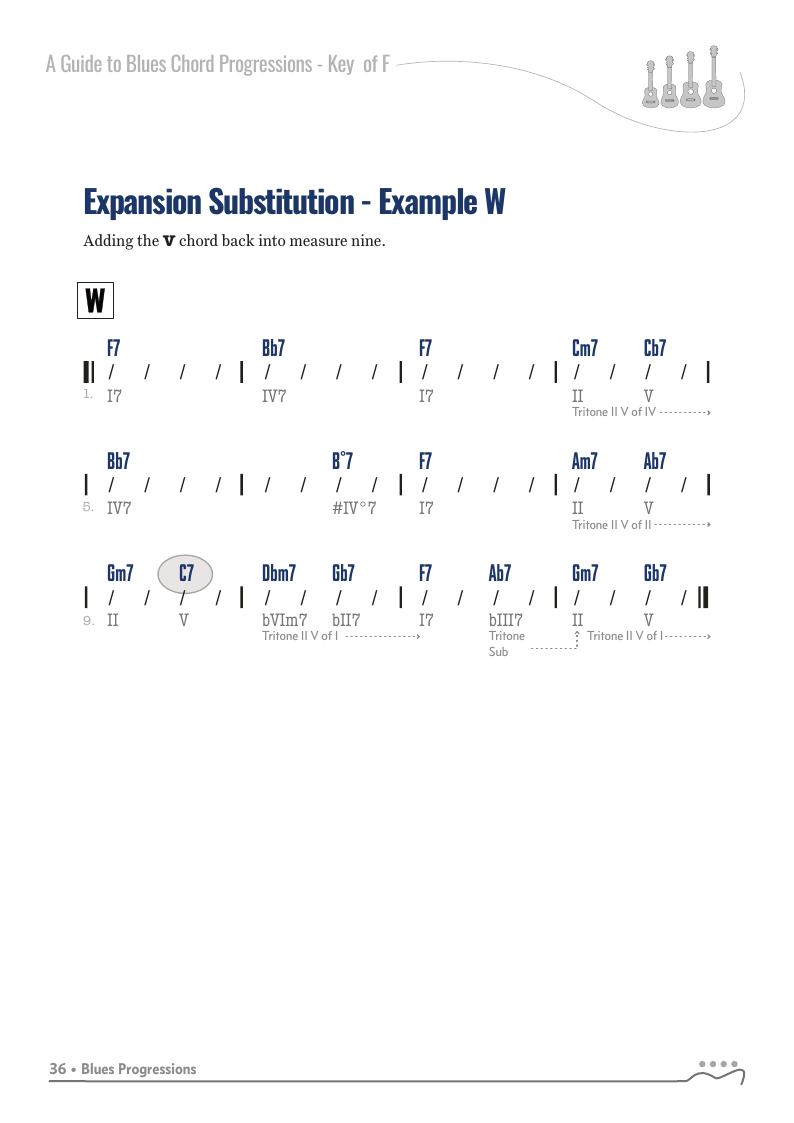
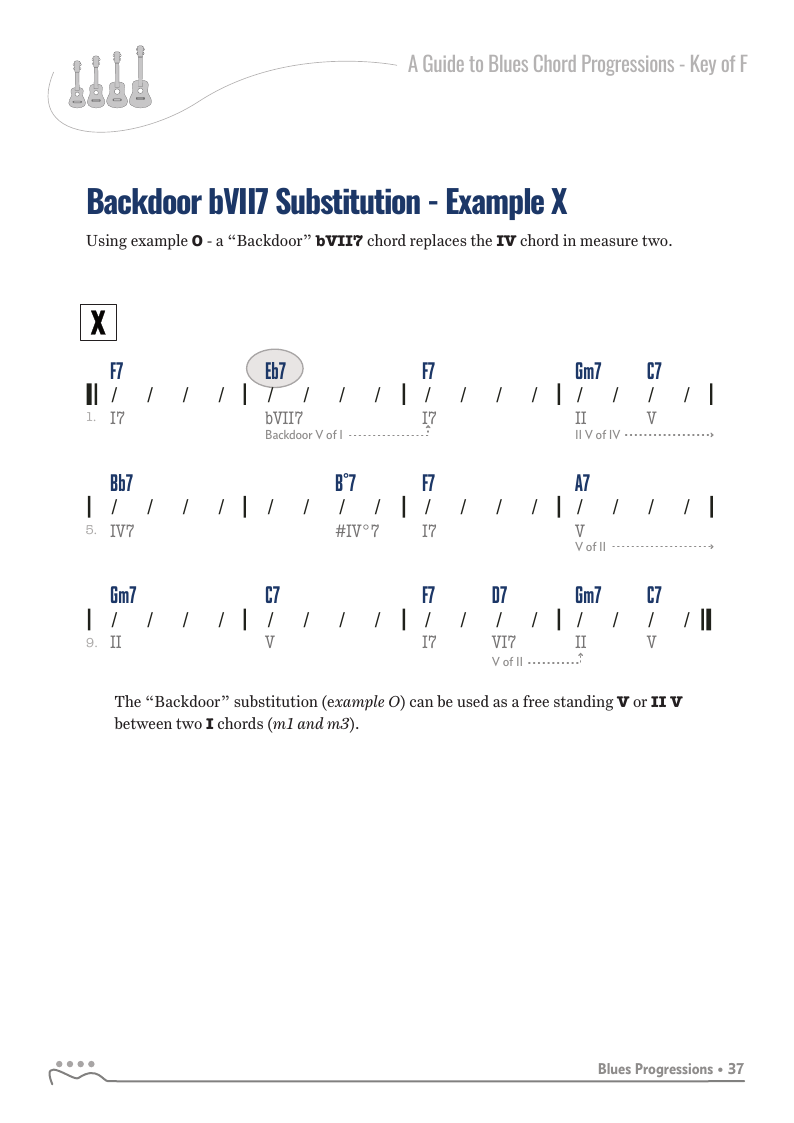
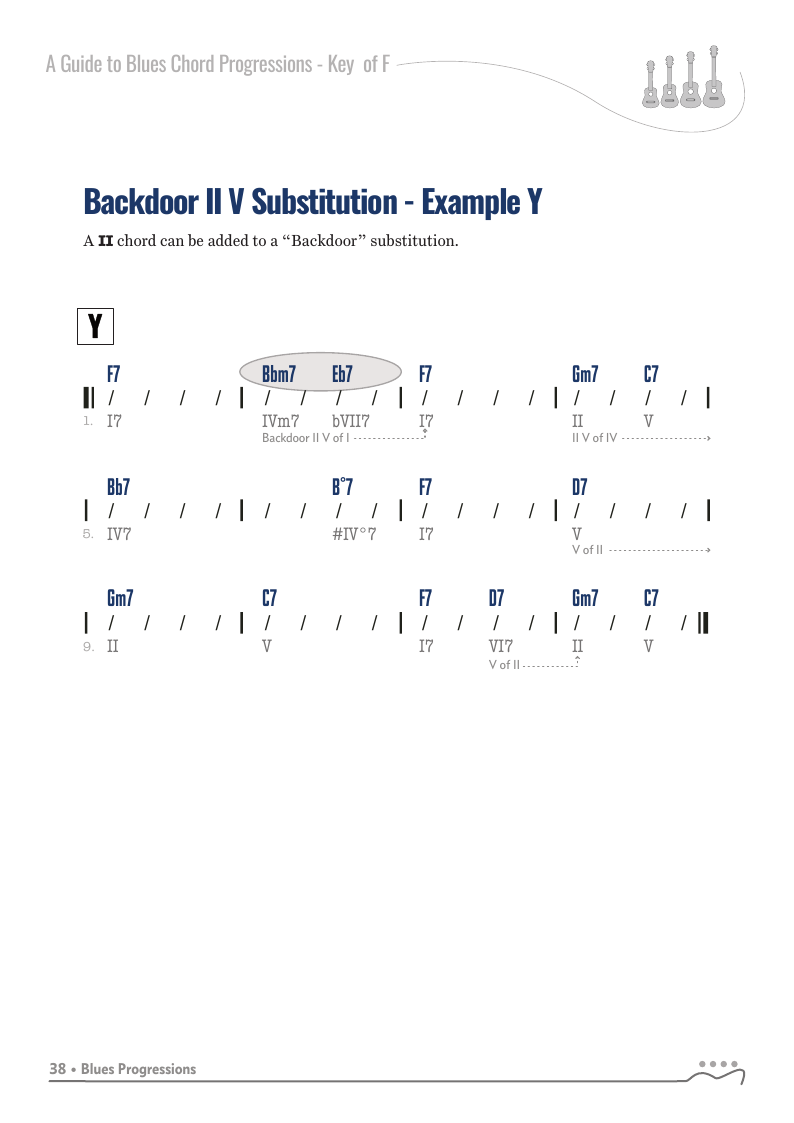
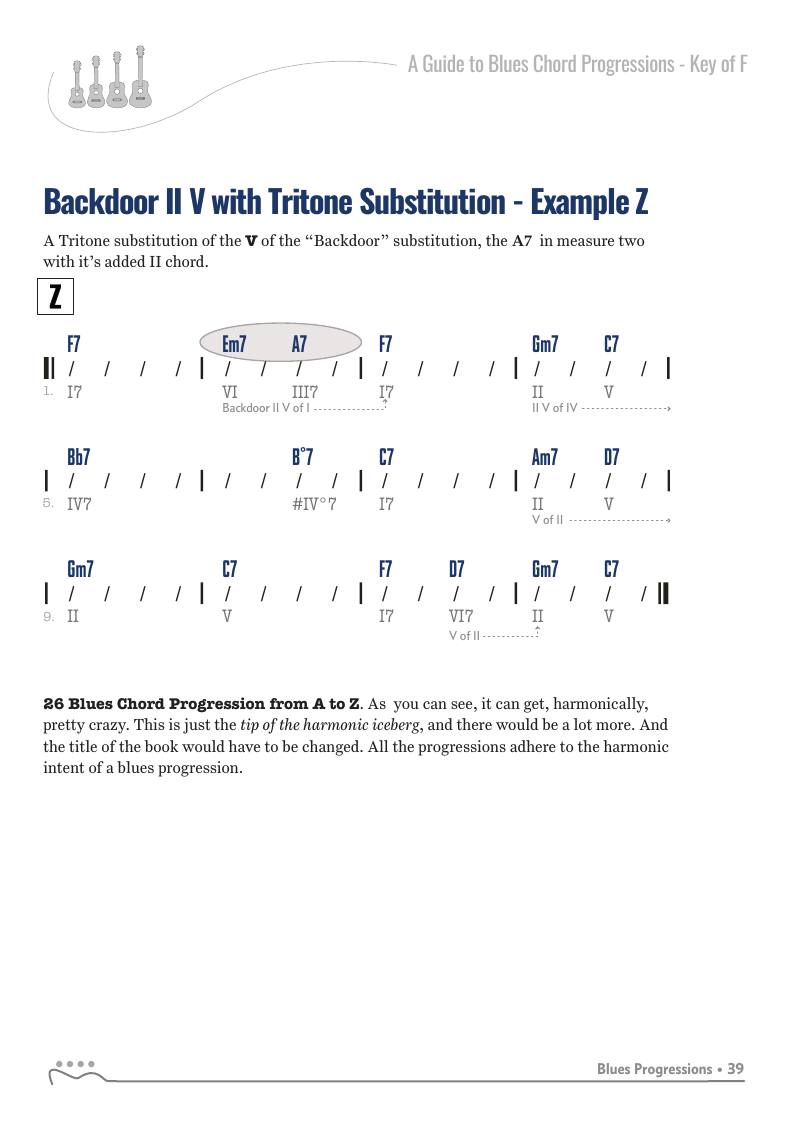
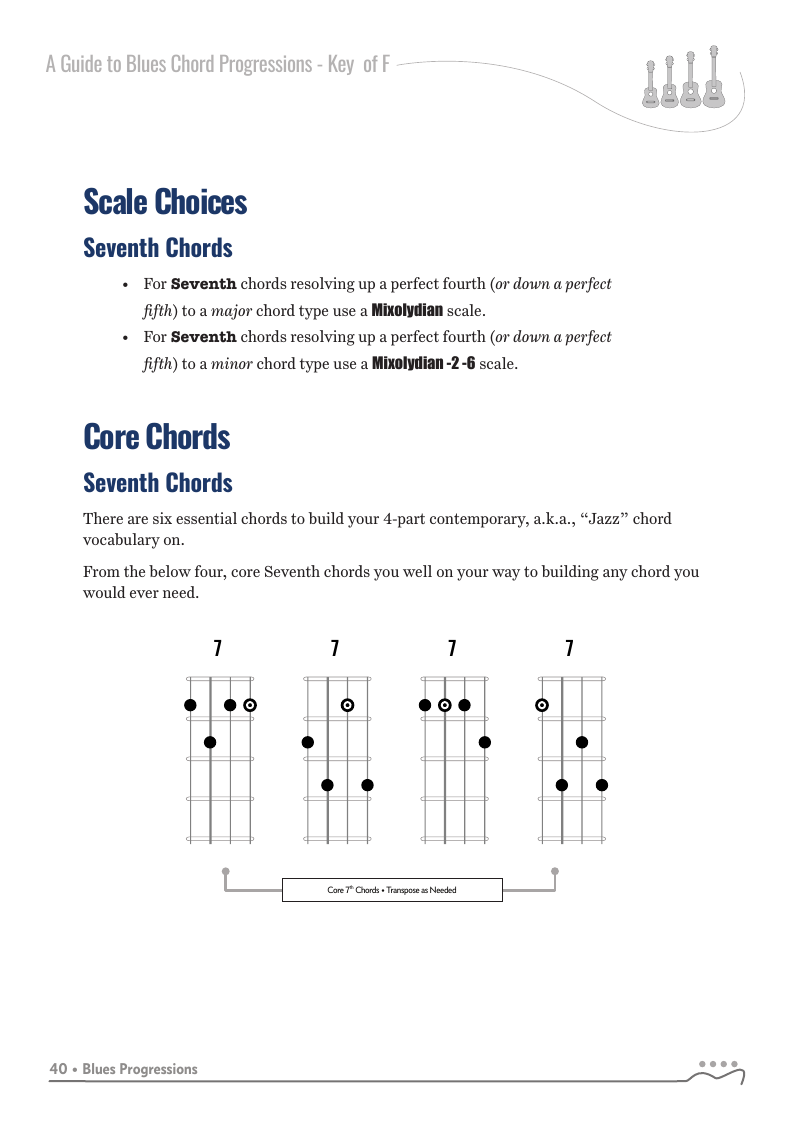
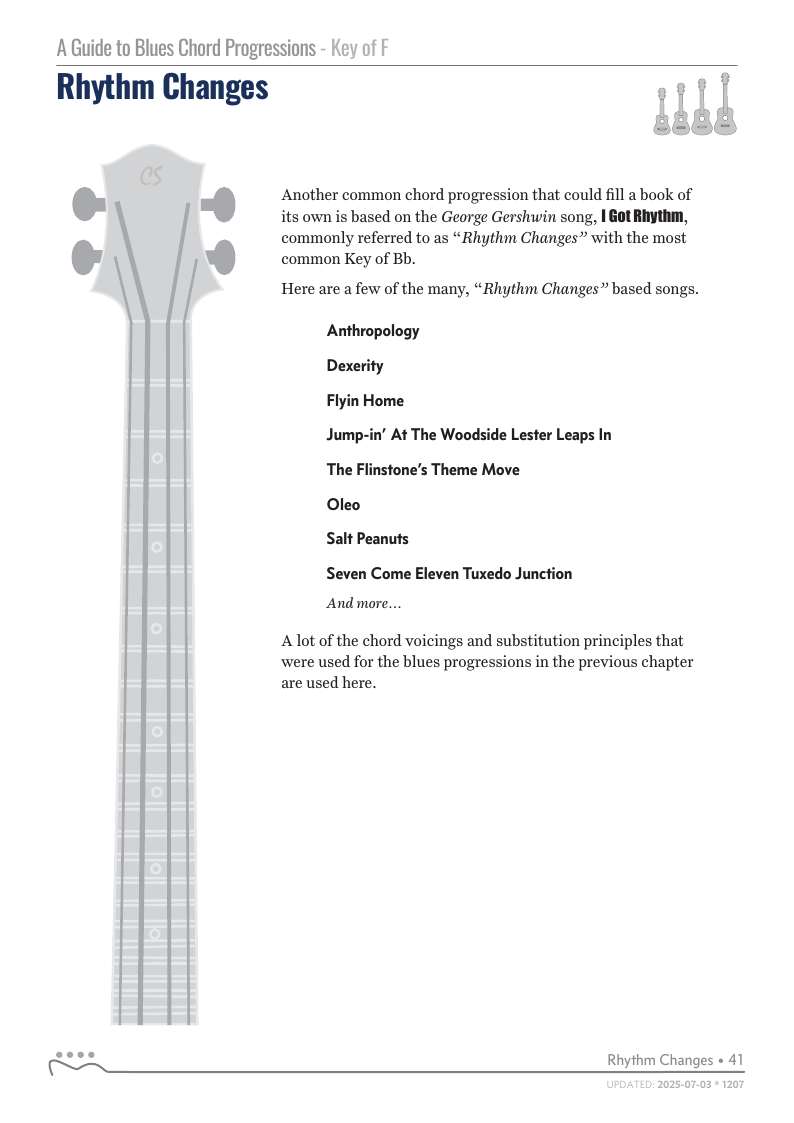
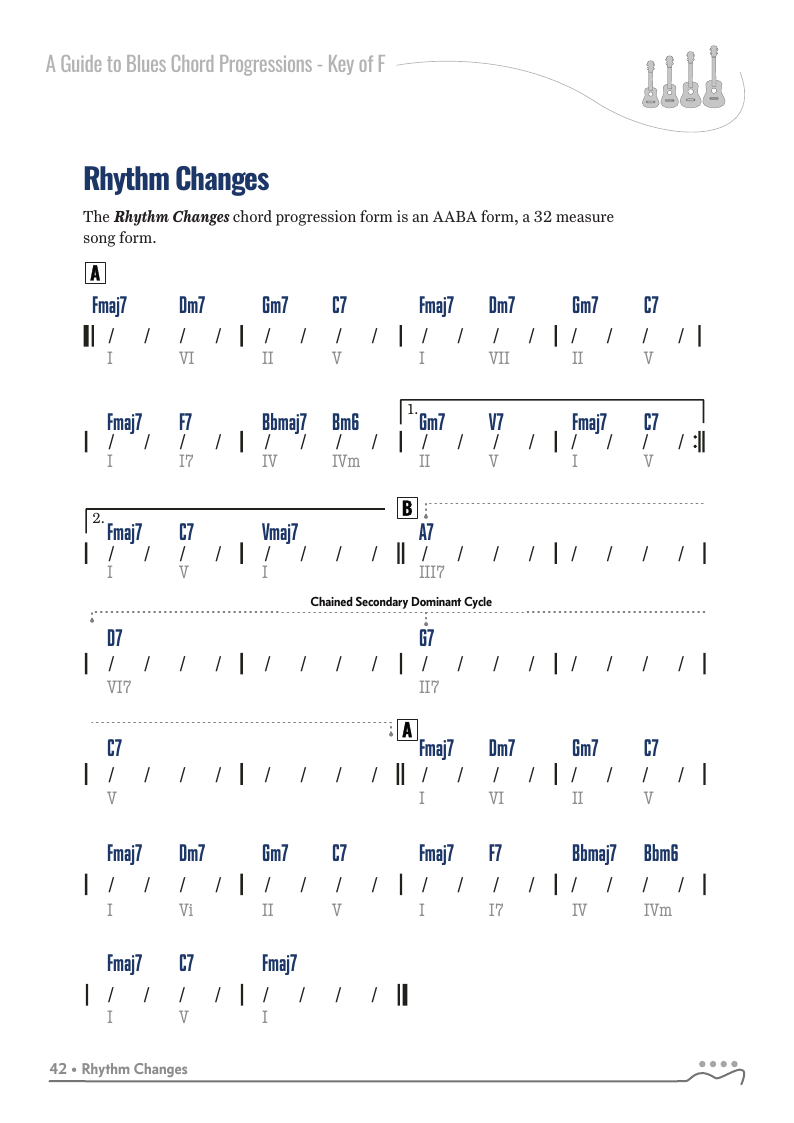
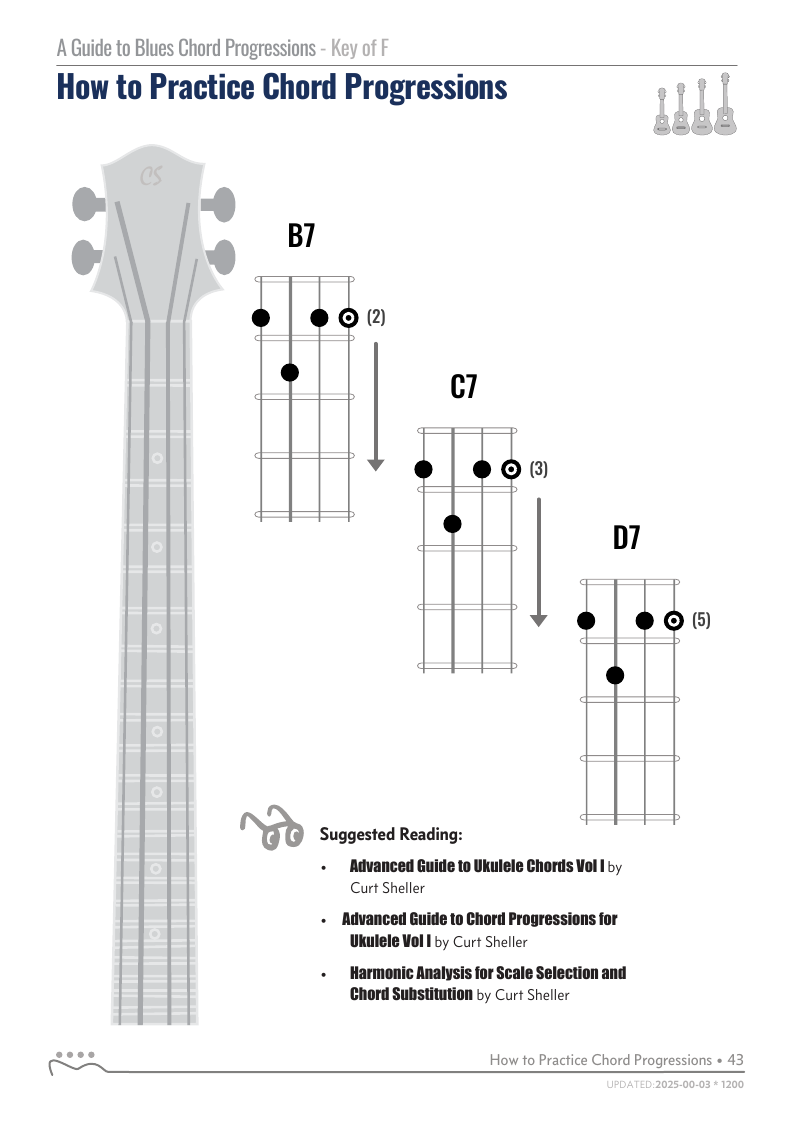
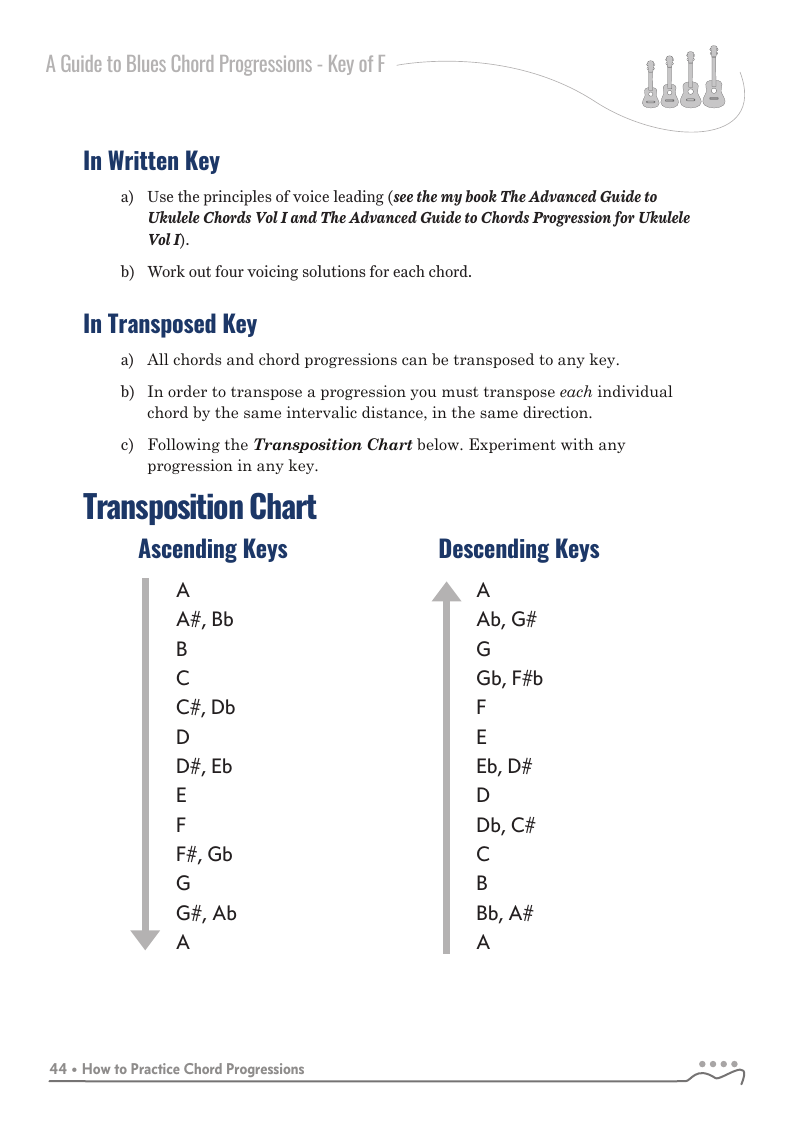
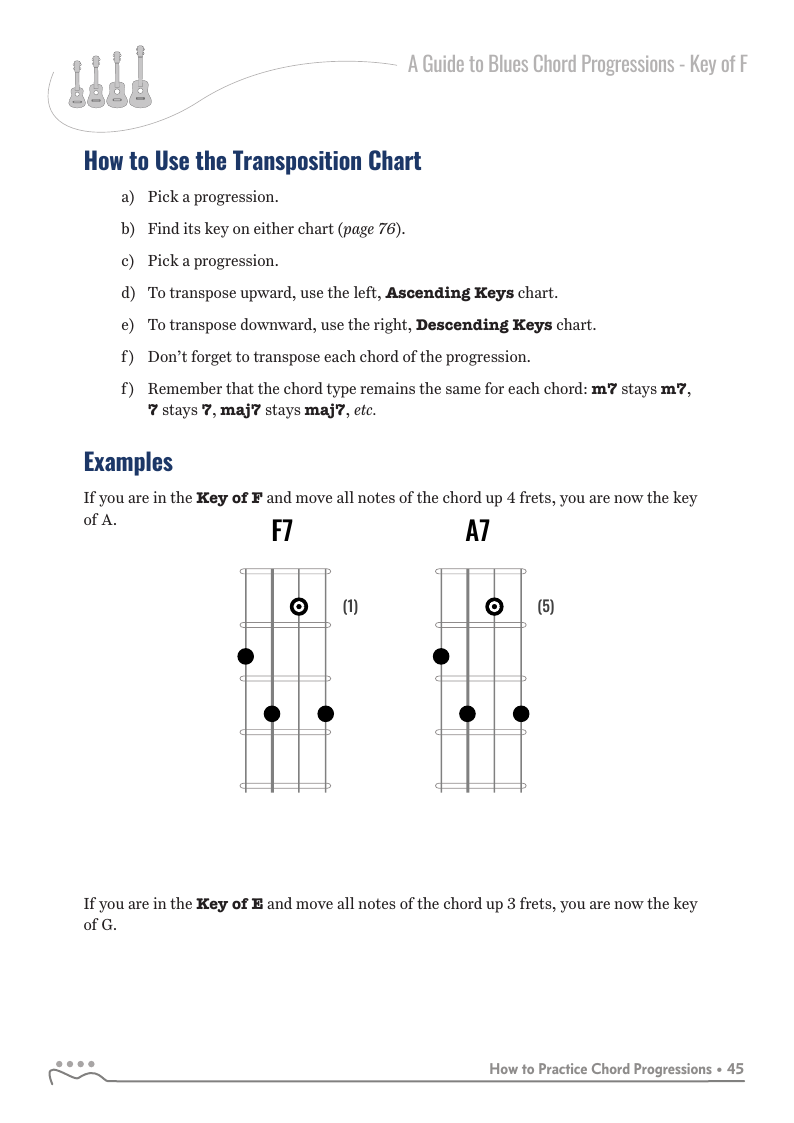
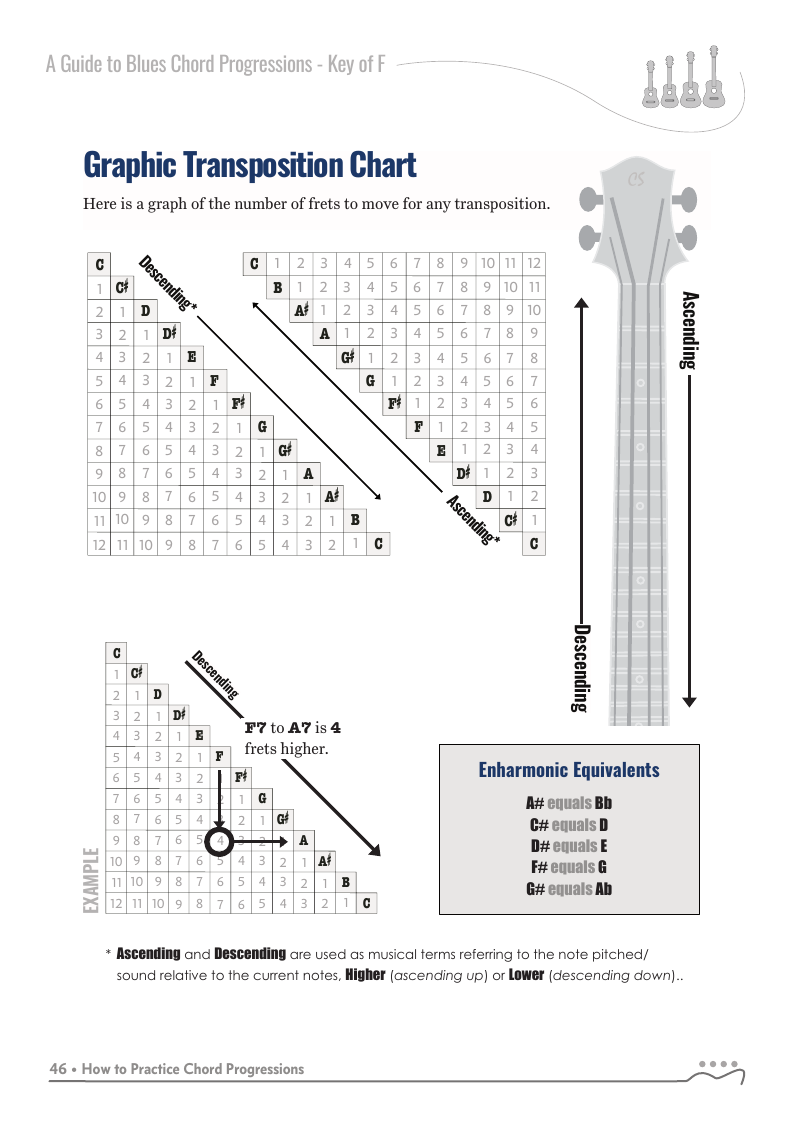
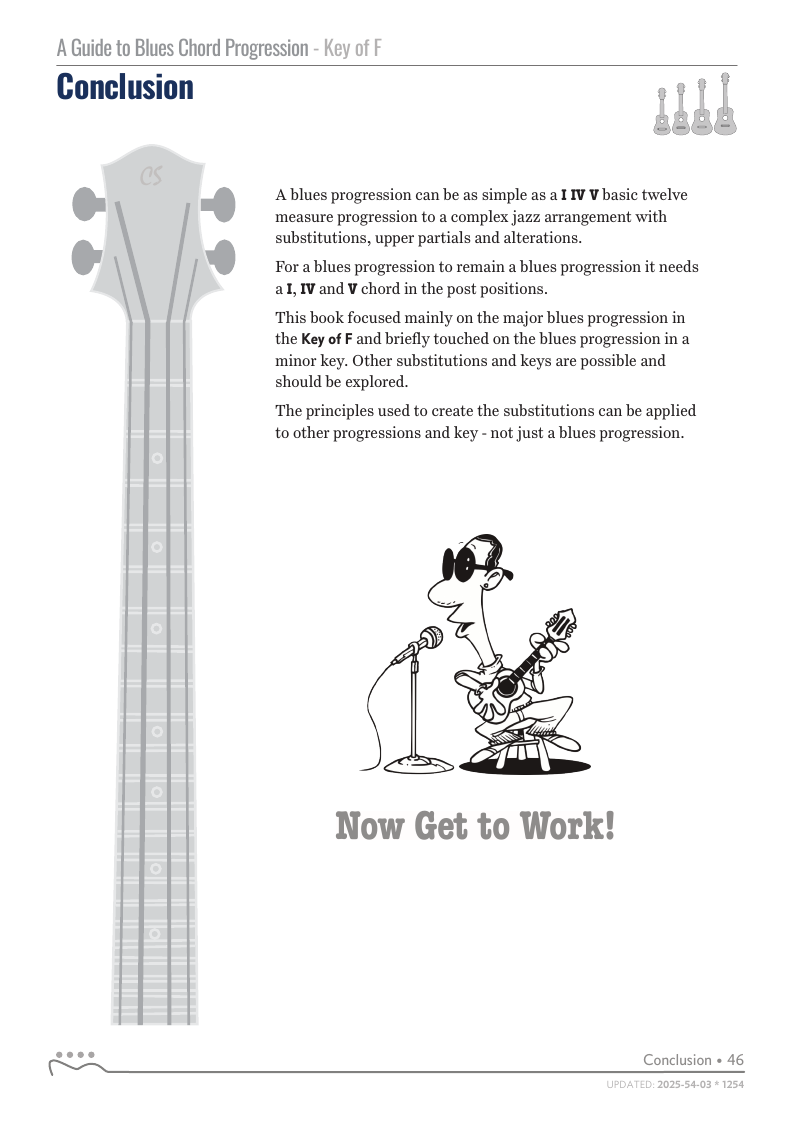
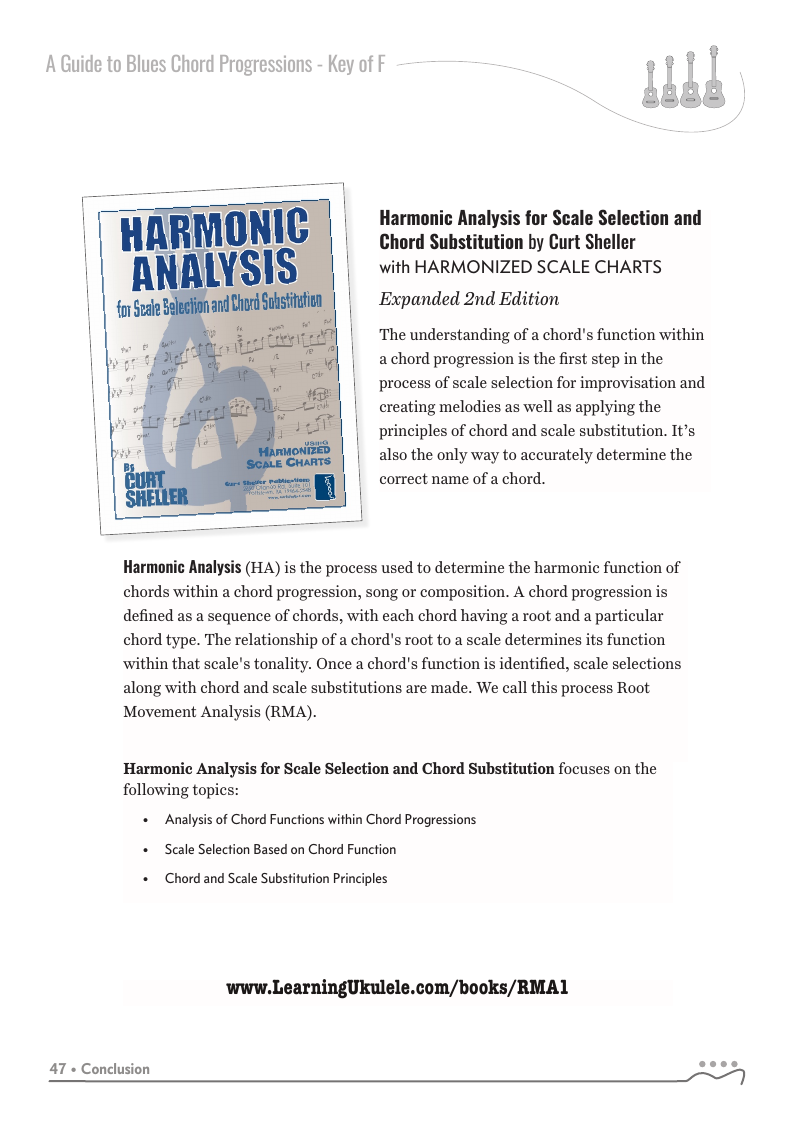
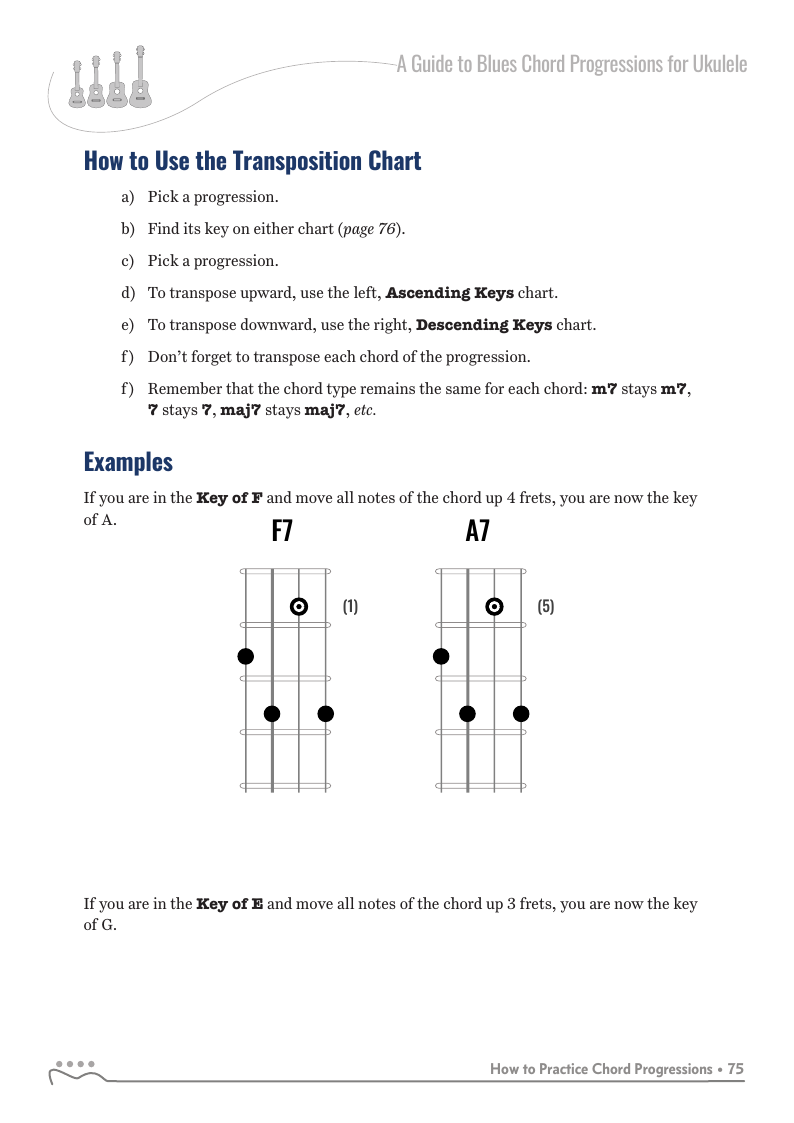
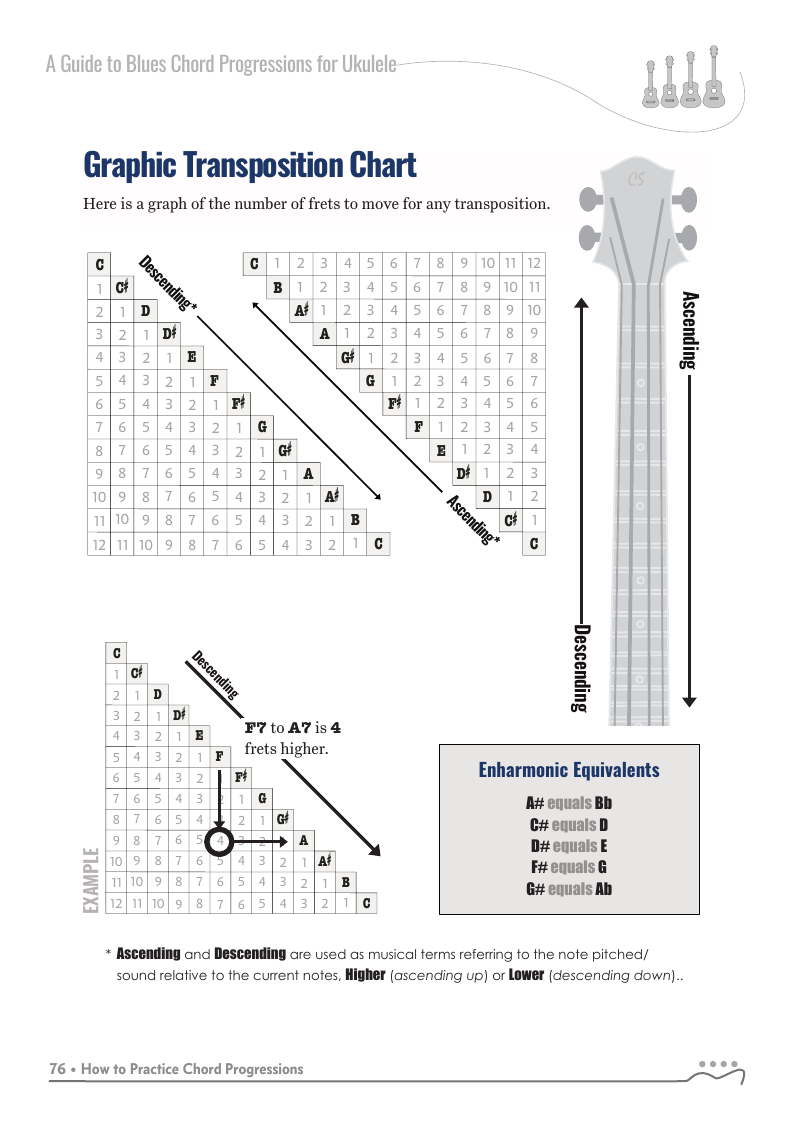
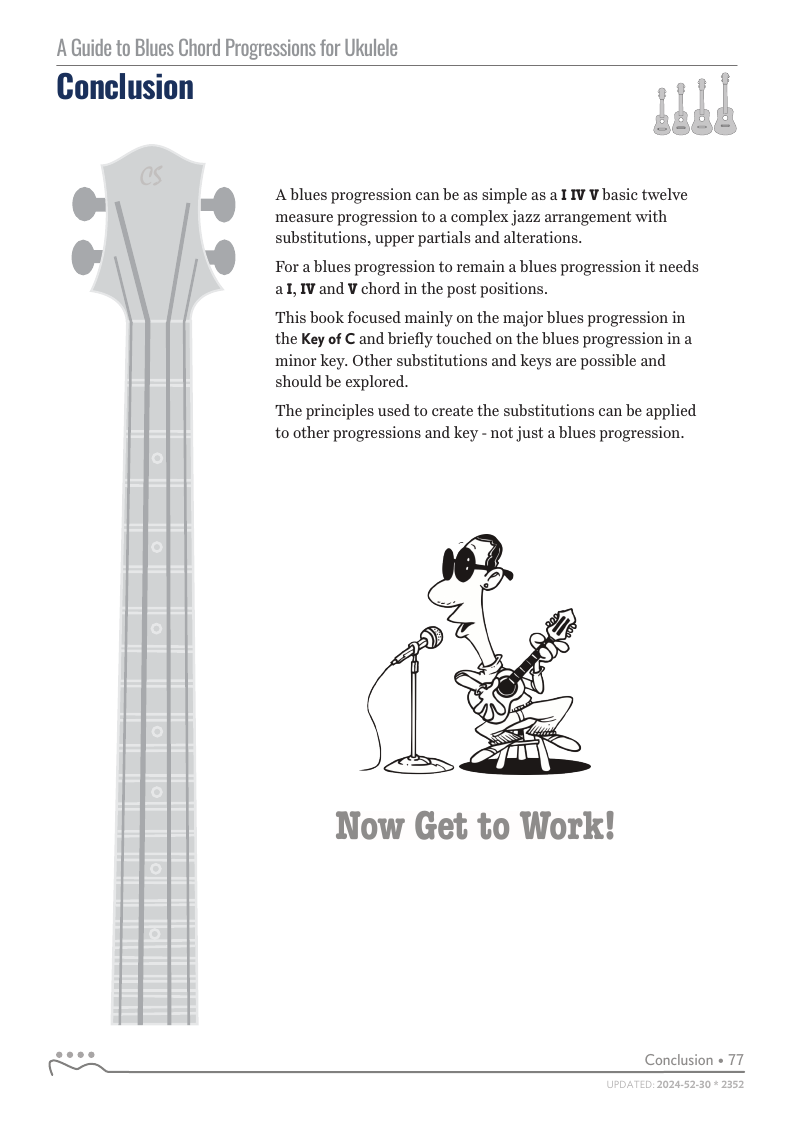

Author(s): Curt Sheller
Publisher(s): Curt Sheller Publications
Published: Jul 3, 2025
Updated: Jul 5, 2025
ISBN-13: 978-1-60321-195-6
Size*: Book ANSI A (8.5 x 11 in), PDF A4 (210 x 297 mm)
Pages: 52
Hard Copy Price: $17.95
PDF Price: $9

• click to Hide more info • click to Show more info
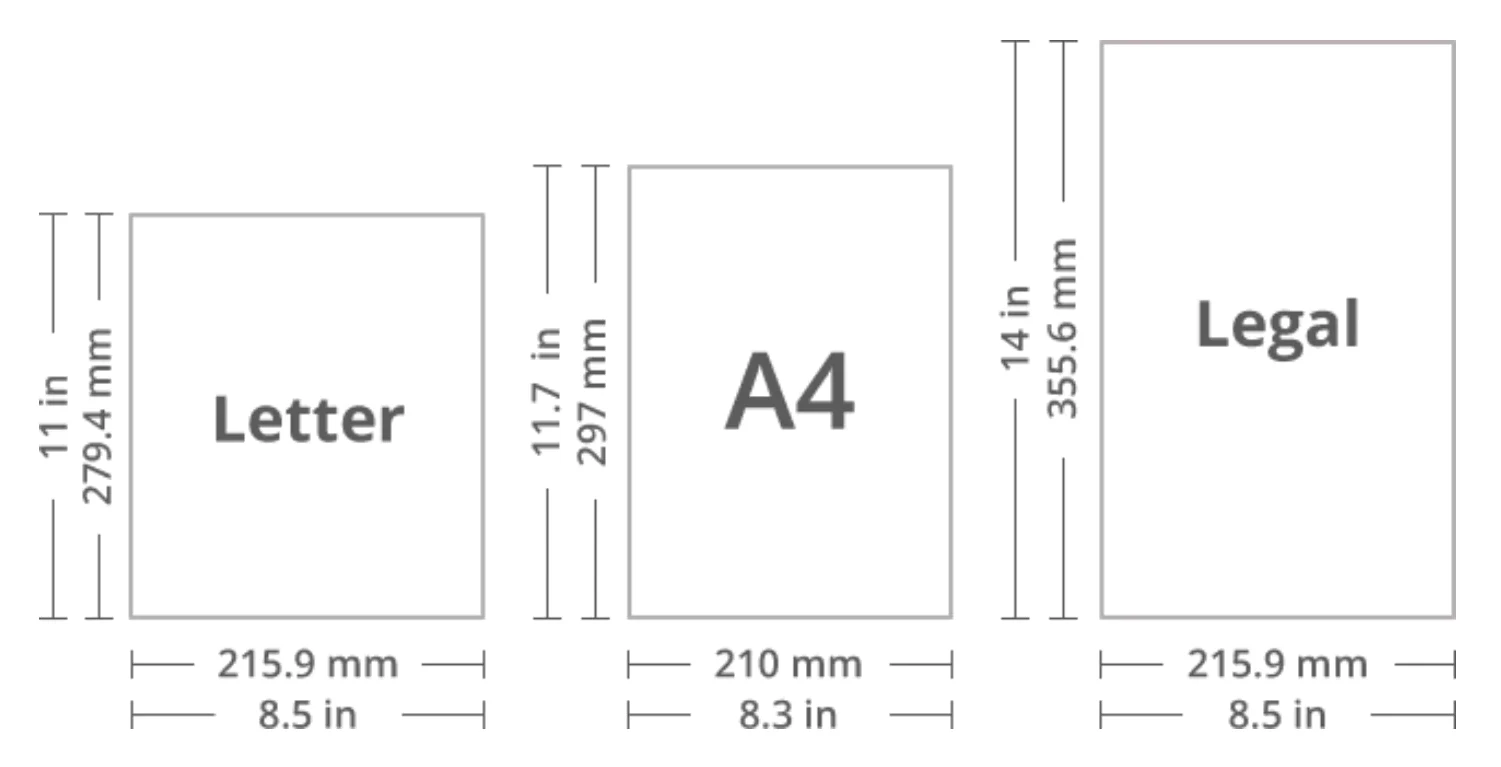
- A4 (210 x 297 mm / 8.3 x 11.7 in)
- ANSI A (US Letter): (8.5 x 11 in / 216 x 279 mm)
- Legal US Legal: (8.5 x 14 in / 216 x 356 mm) shown for reference
Scale to Fitand the A4 size will print out fine.
The Blues are at the heart of all American music. It has influenced Country, Rock, Folk, Jazz, Bluegrass and just about every form of American music we listen to today.
NEW Edition, Key of F
New & Updated 2nd Edition for the Key of F, ANY Tuning – Just the basic chords with out suggested chord shapes. • A Guide to Blues Chord Progressions A to Z – Key of F .
Studying the blues chord progressions presented in this book will open a wealth of creative possibilities for exploring chord progressions in all styles of music, not just blues.
This volume covers the keys of F Major and F Minor . Each example includes detailed accompanying text explaining the principles behind each progression and its chord substitutions.
A Guide to Blues Chord Progressions for Ukulele A to Z starts with a basic three chord, 12 bar blues and progresses through 26 blues progression in C tuning up to a sophisticated jazz blues with multiple chord substitutions.
If a beginner or intermediate player it is recommended to have gone through the A Guide to Blues Chord Progressions for Ukulele A to Z, Key of C books, either the C Tuning or C Tuning editions before tackling additional new keys.
- Contents
- Introduction
- Key of F Major & Minor with Comments
- Level I Progressions
- Basic “Major” I IV V Progressions
- Basic “Minor” I IV V Progressions
- Level II Progressions
- Major “Quick Four” Change
- Minor “Quick Four” Change
- Minor Measure 9 Diatonic Substitution
- Chord Substitution Types
- Level III Progressions
- Diatonic Expansion Substitution
- Level IV Progressions
- Major Linking Example 1
- Major Linking Example 2
- Major Linking Example 3
- More Substitutions Measures 7 & 8
- “Backdoor” Substitution
- Confirmation Changes
- Lewis Changes
- Coltrane Blues
- The Tri-tone Substitution
- Level I Progressions
- Key of F Major & Minor
- Level I Progressions
- Level II Progressions
- Level III Progressions
- Level IV Progressions
- Key of Bb Major & Minor
- Level I Progressions
- Level II Progressions
- Level III Progressions
- Level IV Progressions
- Conclusion
- 2025-07-04 - 1st edition. Created Errata File Created
A Guide to Blues Chord Progressions A to Z - Key of F.

The Blues are at the heart of all American music. It has influenced Country, Rock, Folk, Jazz, Bluegrass and just about every form of American music we listen to today. 26 blues progression in C and G tuning, progressing from basic to advanced jazz progression, with chord grids and substitutions explained.

The Blues are at the heart of all American music. It has influenced Country, Rock, Folk, Jazz, Bluegrass and just about every form of American music we listen to today. 26 blues progression in C and G tuning, progressing from basic to advanced jazz progression, with chord grids and substitutions explained.

Finally, learn the names of the notes of the ukulele fingerboard in C tuning .

Learn the six fingering principles to navigating the ukulele fingerboard. Fingering is one of the most universal topics. Book: Six Secrets of the Ukulele Fingering

Harmonic Analysis is the understanding of the functional sequence of chords. It is the process used to analyze the harmonic structure of a progression, song or composition. Book: Harmonic Analysis for Scale Selection and Chord Substitution

Learn to read single note melodies in the first/open position is a lot easier than you might think. Book: Ukulele – Reading Music Series – Primer

An organized collection of daily practice and reference material for the contemporary ukulele player for developing the vocabulary and knowledge necessary for single note playing. Book: Daily Practice Material for the Contemporary Ukulele
Checkout the Books & Reference Charts for additional Handy, Dandy Reference Charts.

Ukulele Fingerboard Chart for C Tuning, Low or High G – G C E A

Ukulele Fingerboard Chart for G Tuning, Low or High A – D G B E

A handy reference chart of all 15 major and relative minor key signatures. US Letter 8.5 x 11 sized (ANSI-A), A4
Checkout the Books & Reference Charts for additional Handy, Dandy Reference Charts.
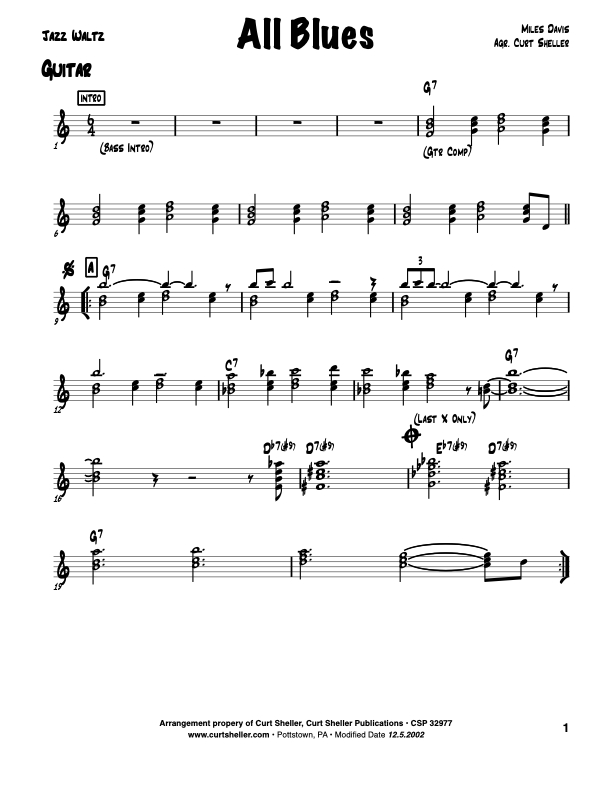
All Blues is a jazz composition by Miles Davis first appearing on the influential 1959 album Kind of Blue. It is a twelve-bar blues in; the chord sequence is that of a basic blues and made up entirely of seventh chords, with a VI in the turnaround instead of just the usual V chord. In the song's original key of G this chord is an E7. "All Blues" is a modal blues in G mixolydian.
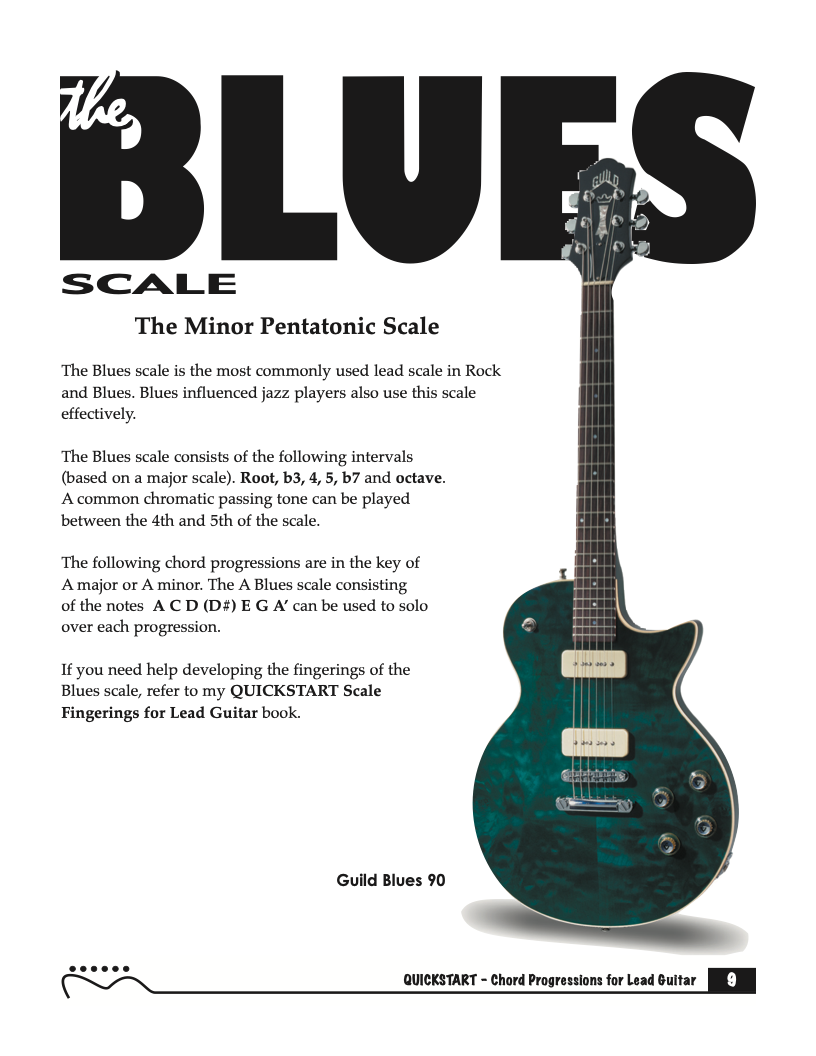
The QuickStart Blues Play-along Tracks from the QuickStart Chord Progressions for Lead Guitar. These tracks are suitable for any instruments. The Blues scale is also known by as: Minor Pentatonic and can be though of as a sub set of the Natural Minor / Aeolian scale.
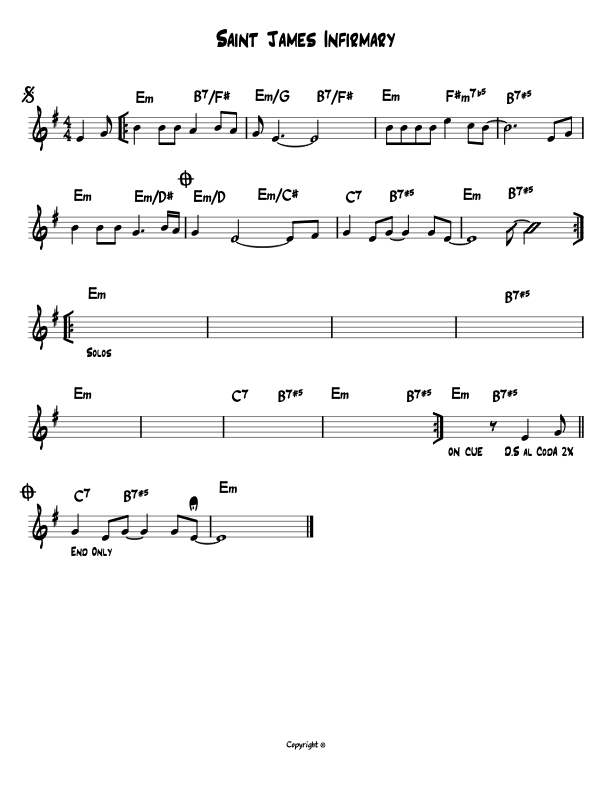
"St. James Infirmary Blues" is an American blues song of uncertain origin. Louis Armstrong made the song famous in his 1928 recording on which Don Redman was credited as composer; later releases gave the name Joe Primrose, a pseudonym of Irving Mills. The melody is 8 bars long, unlike songs in the classic blues genre, where there are 12 bars. It is in a minor key, and has a 4/4 time signature, but has also been played in 3/4.





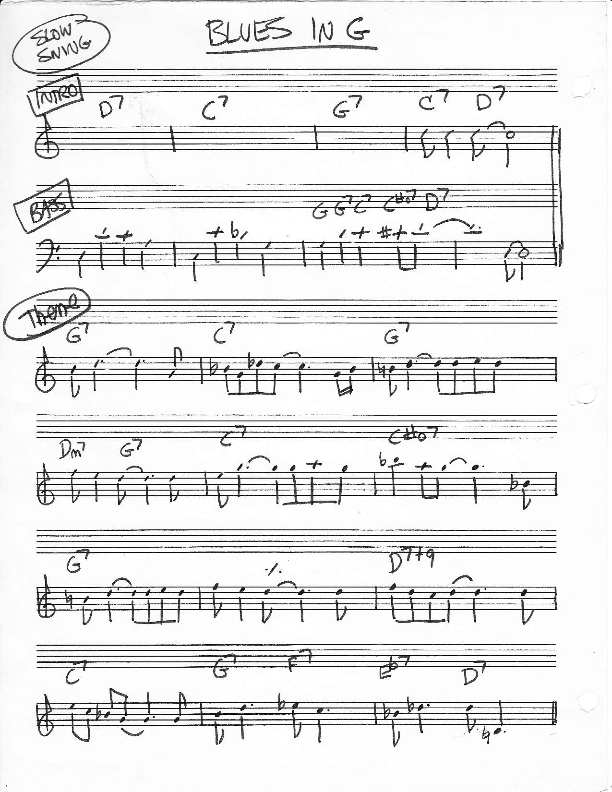

.jpg)